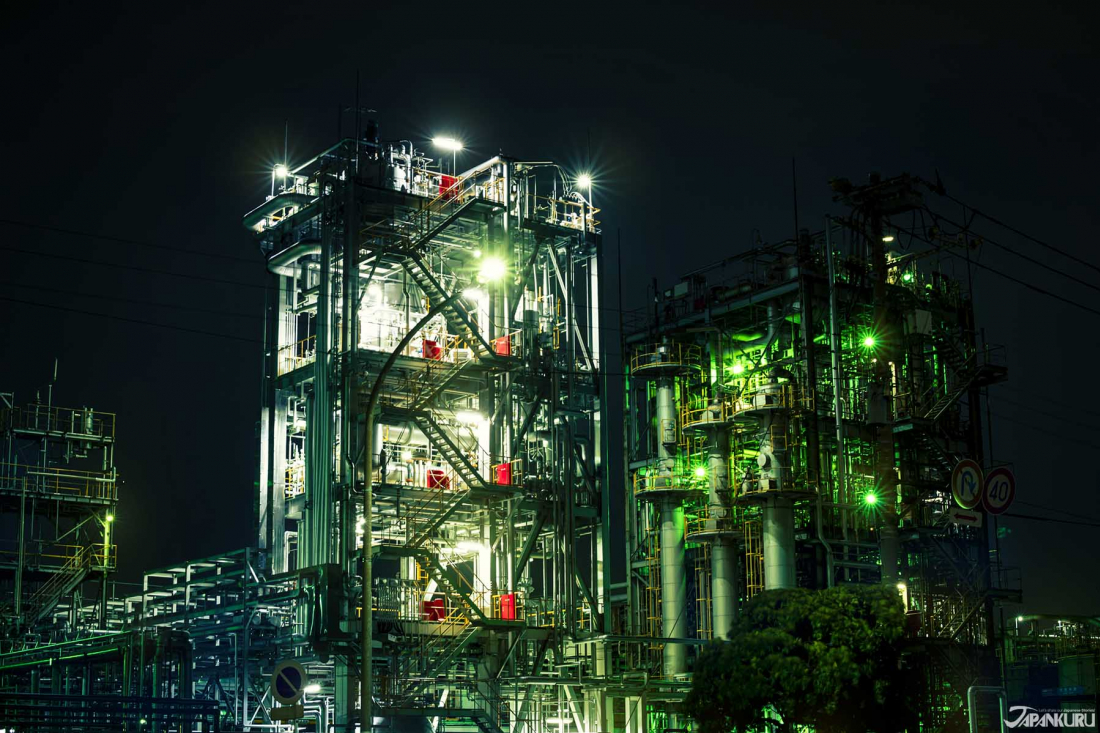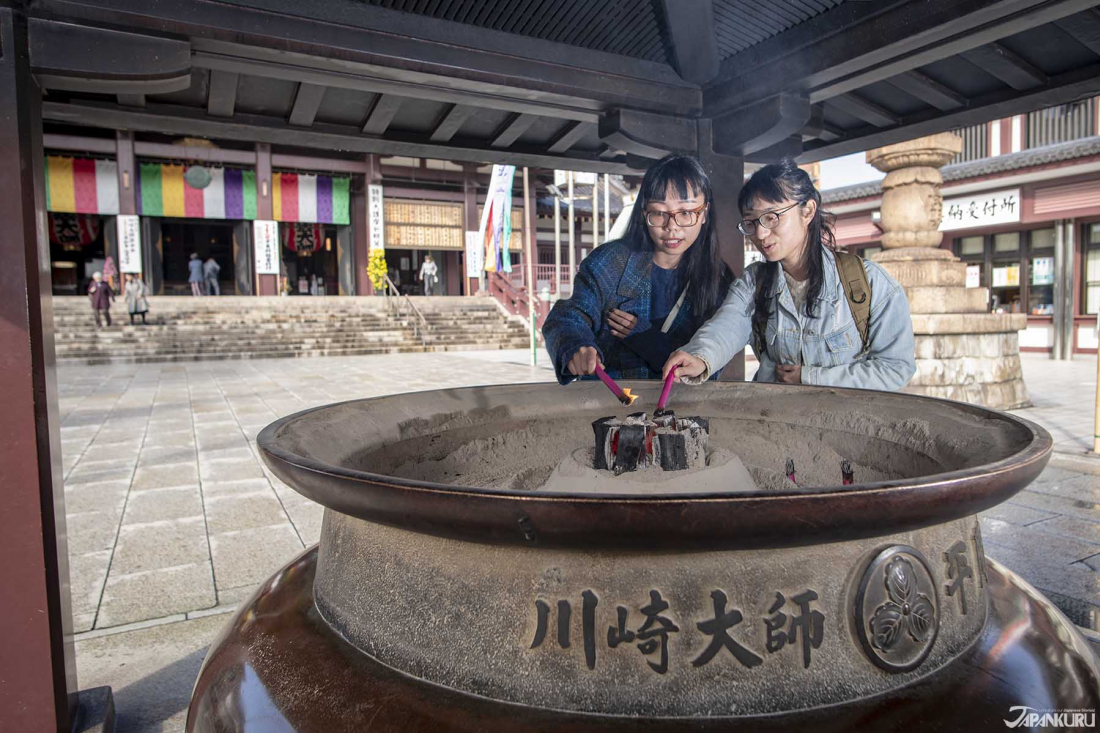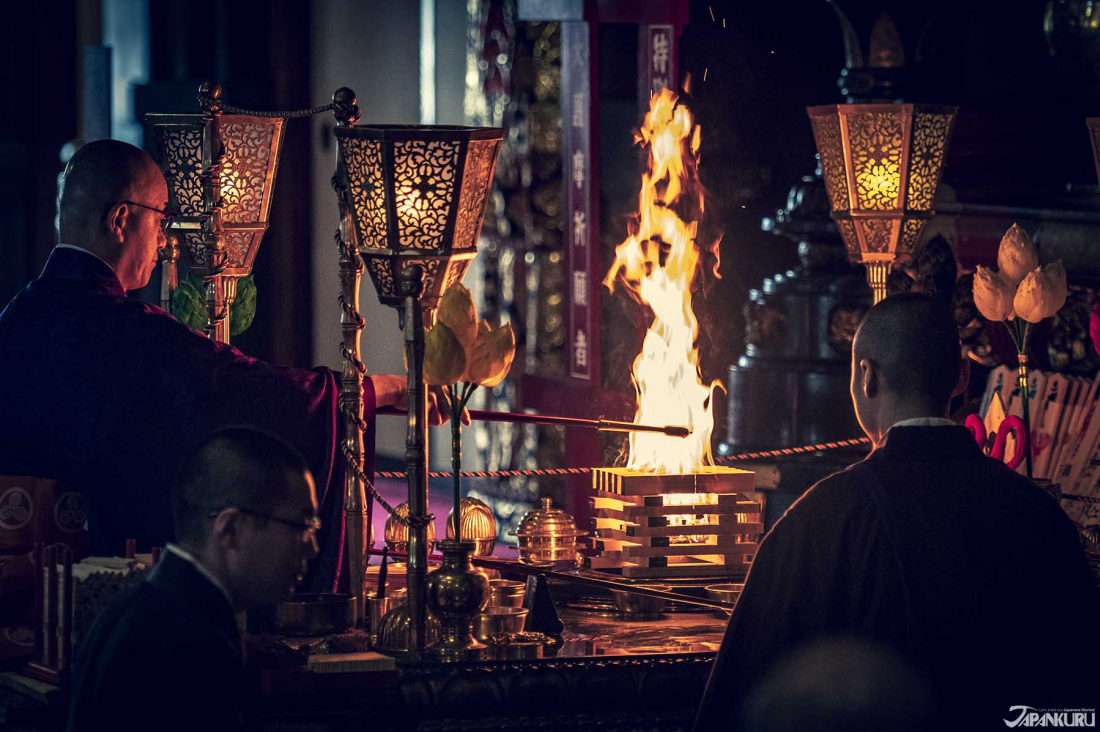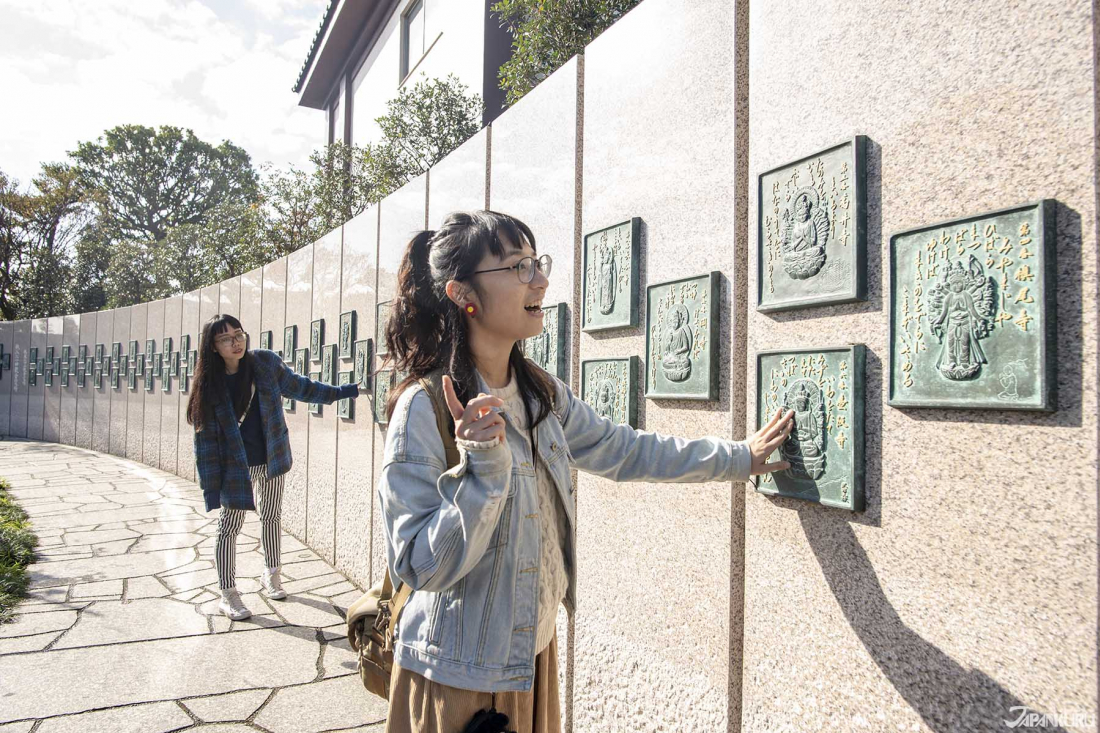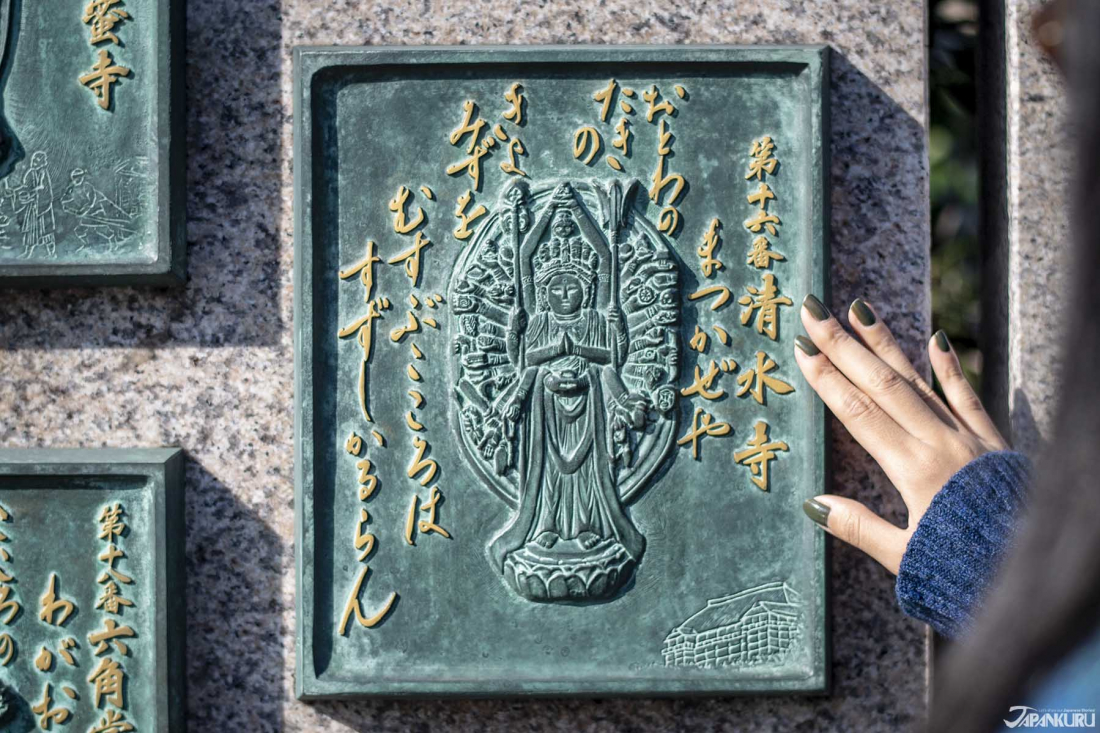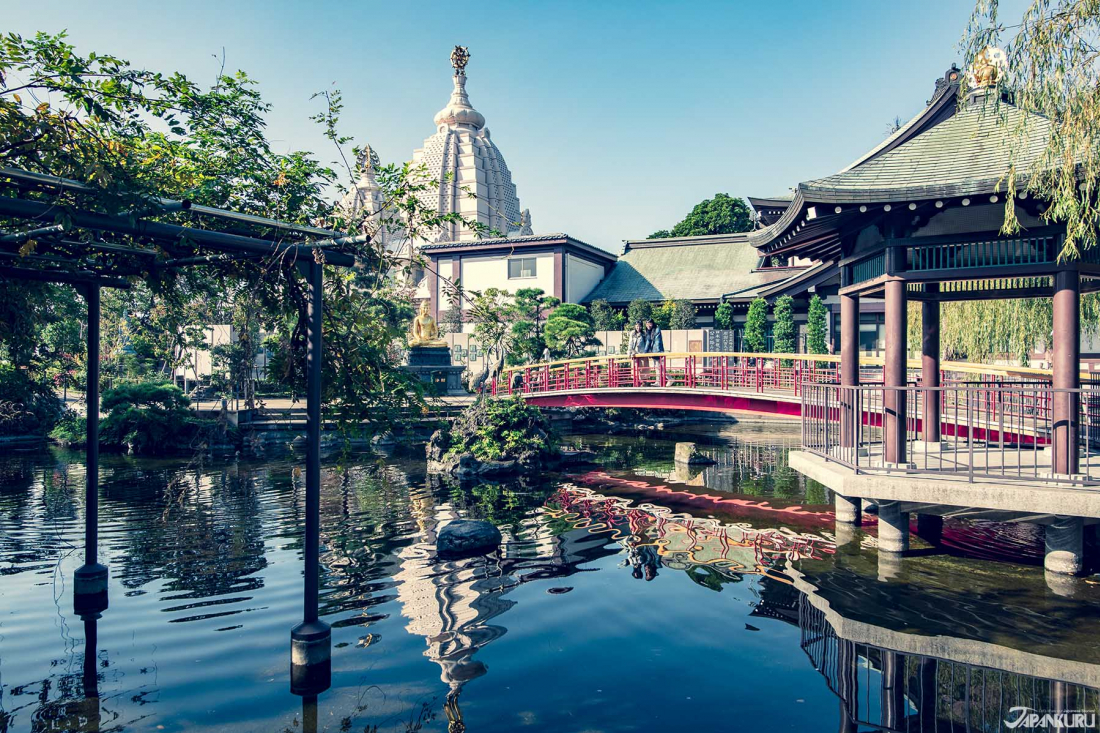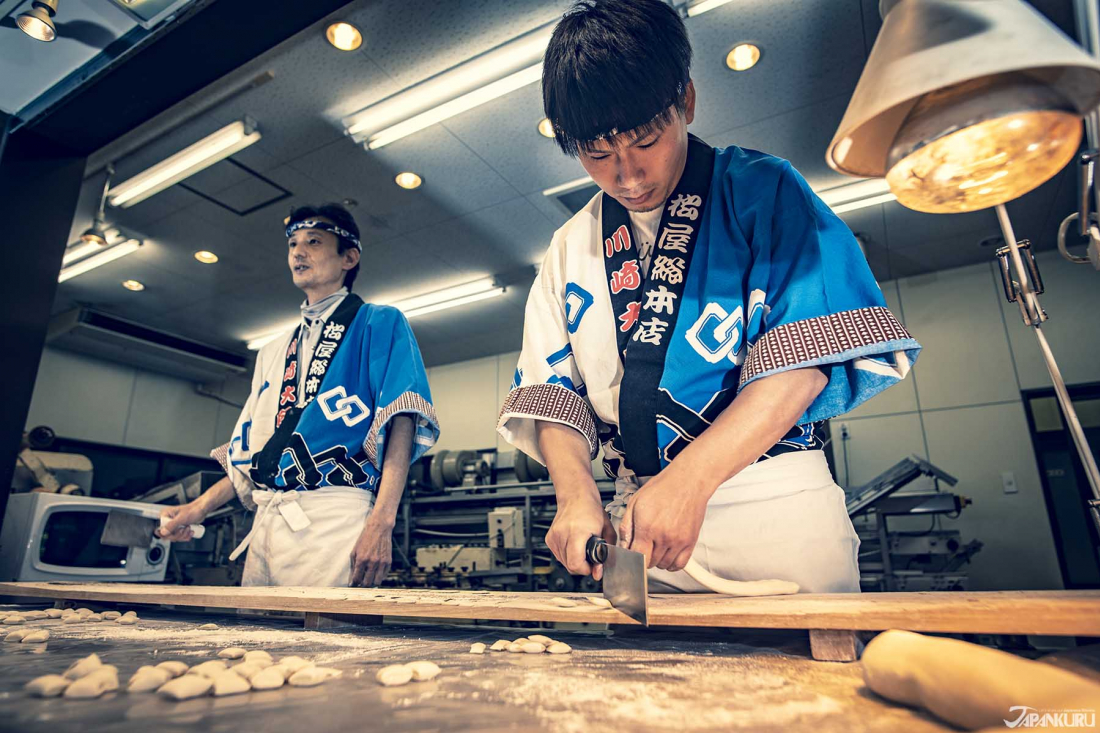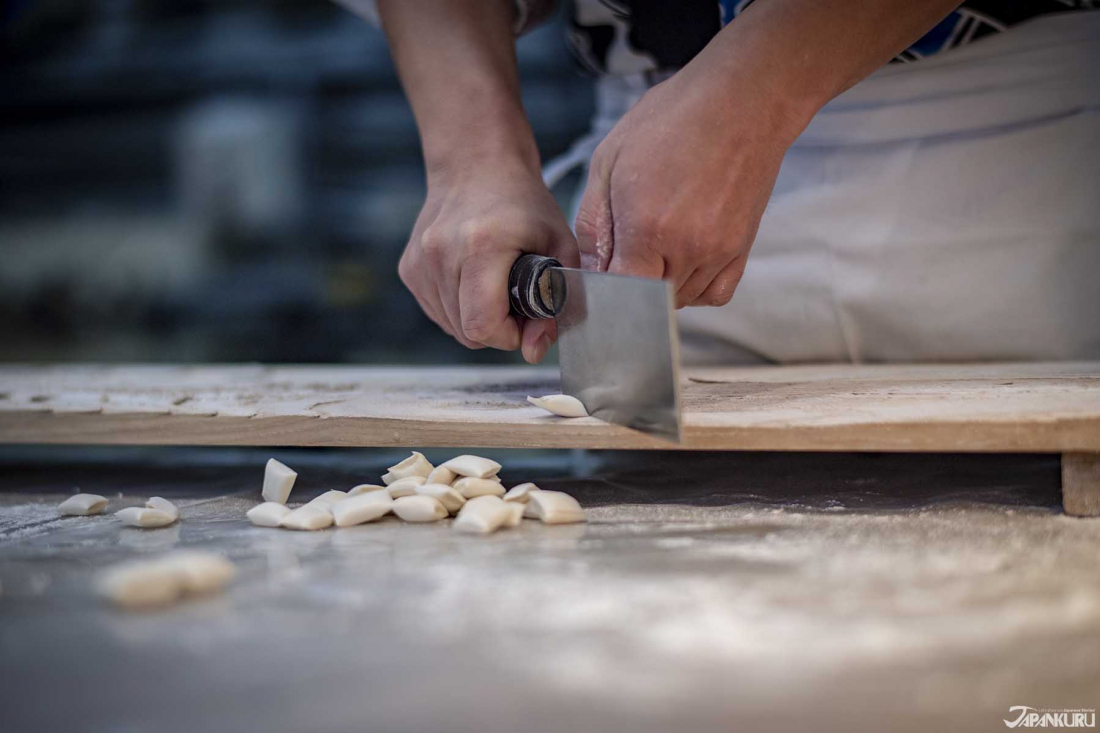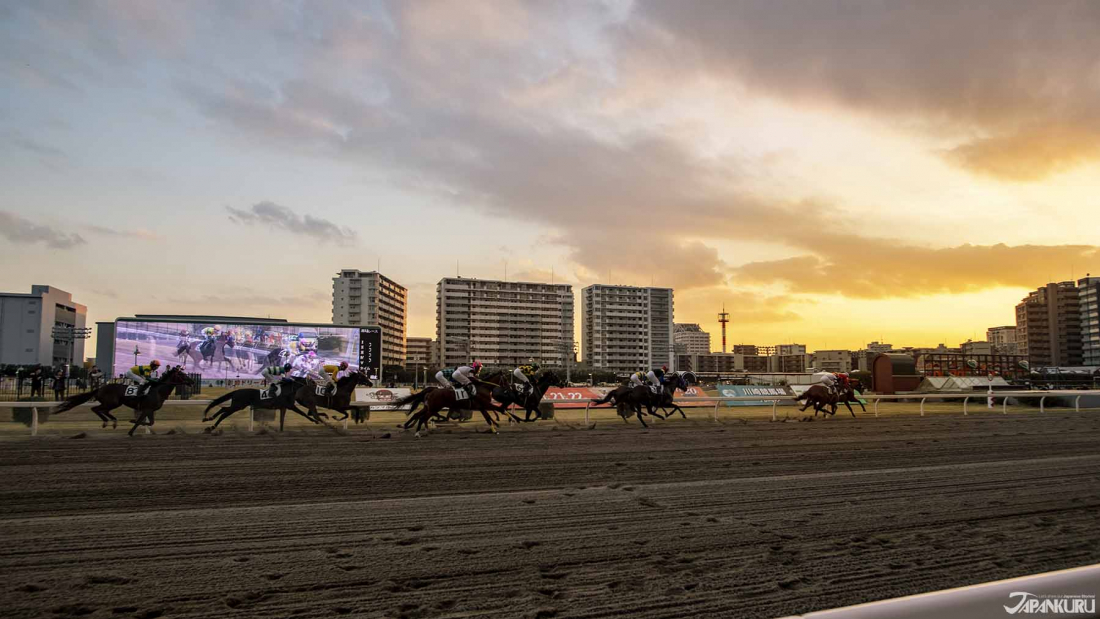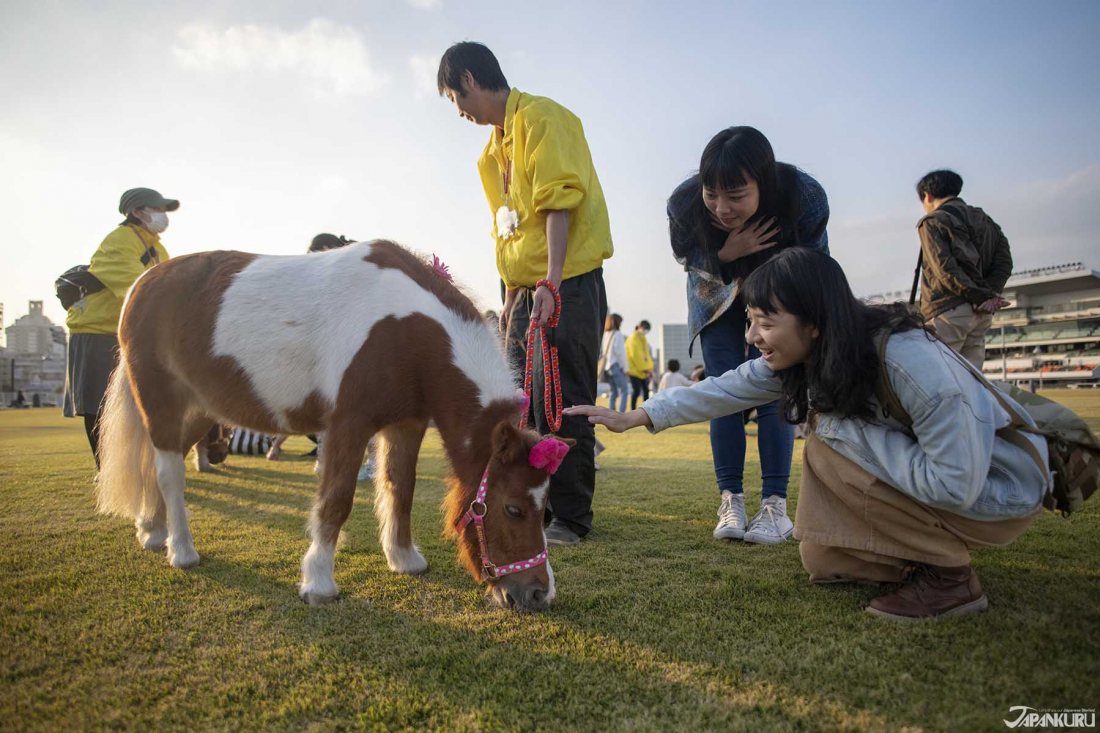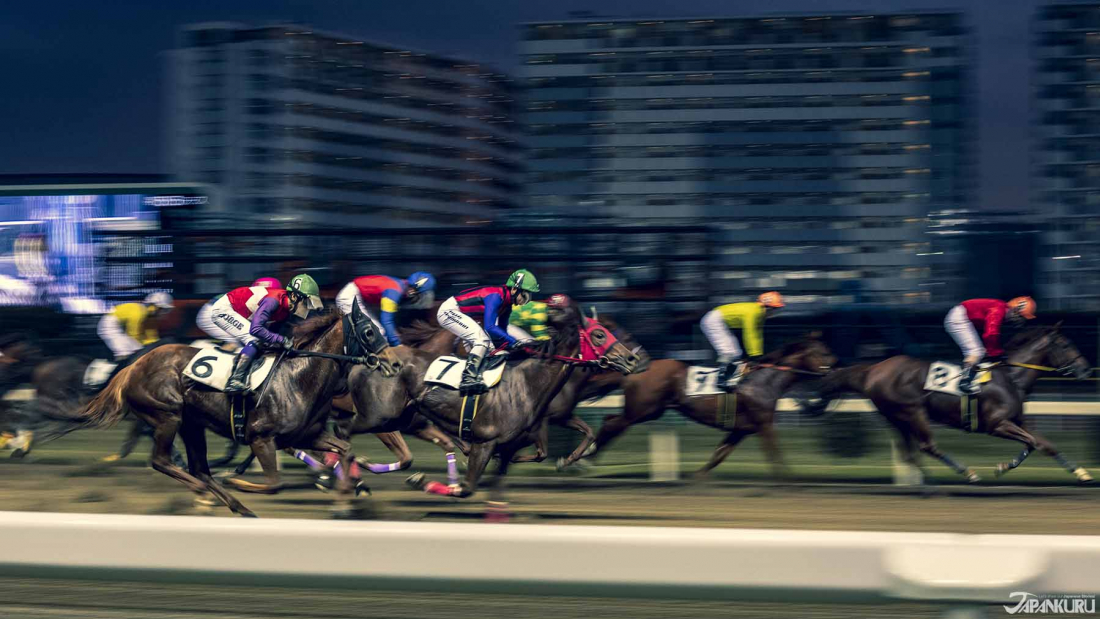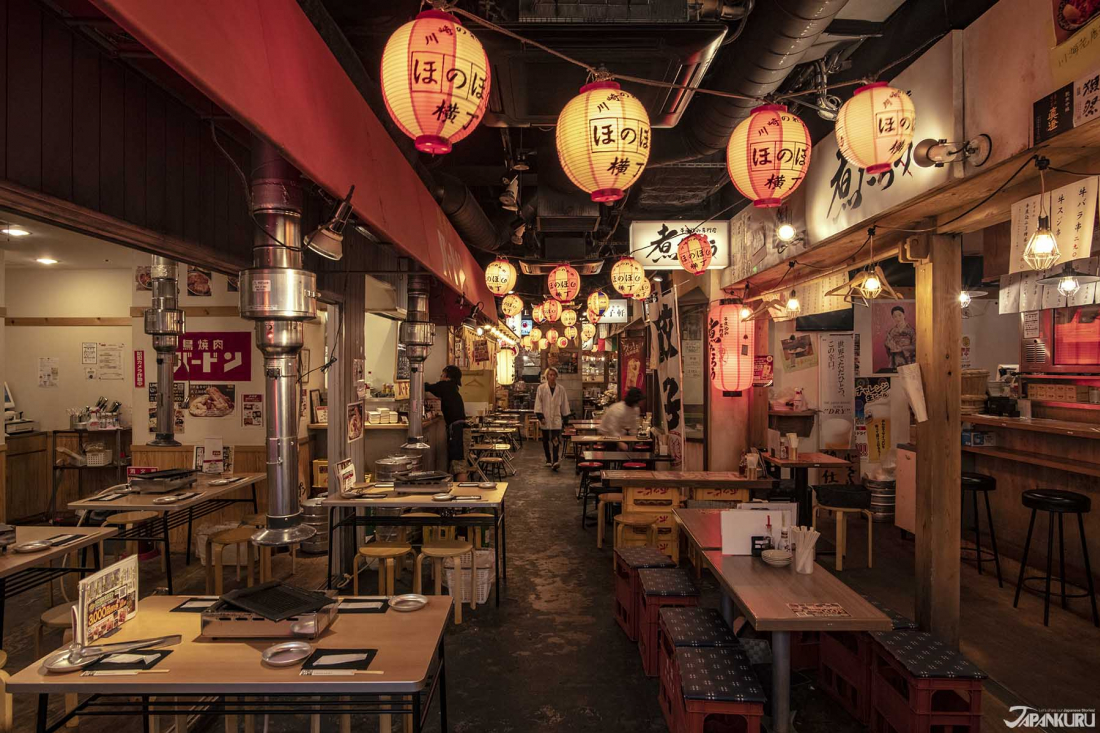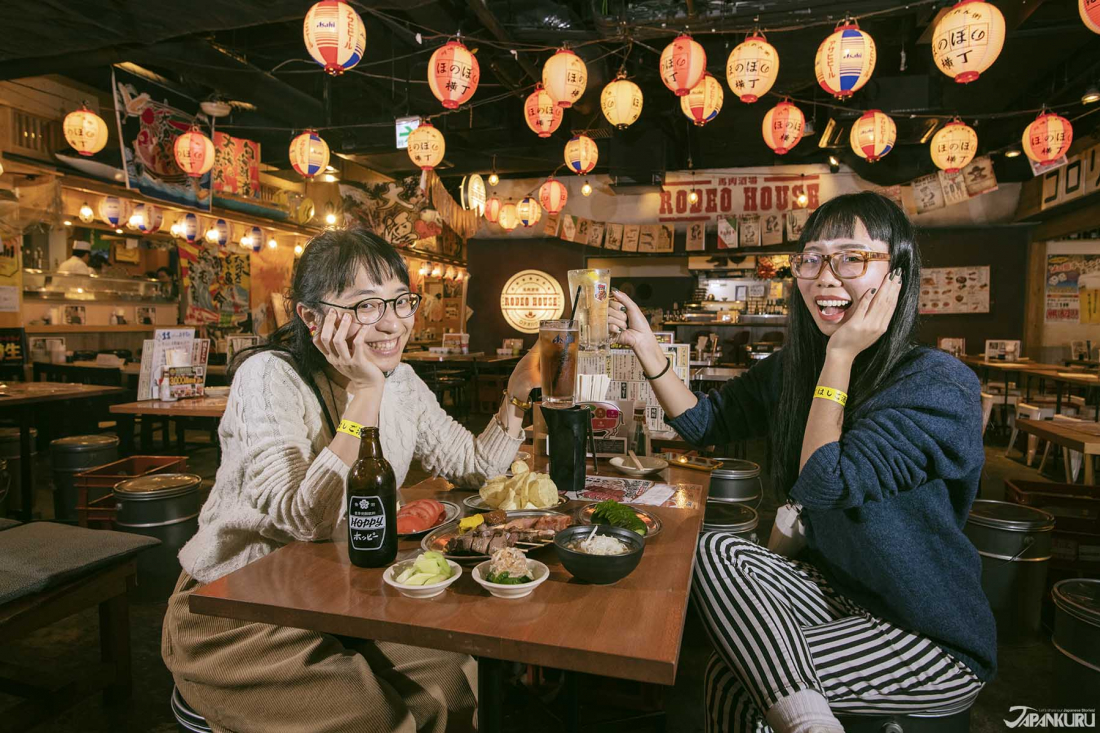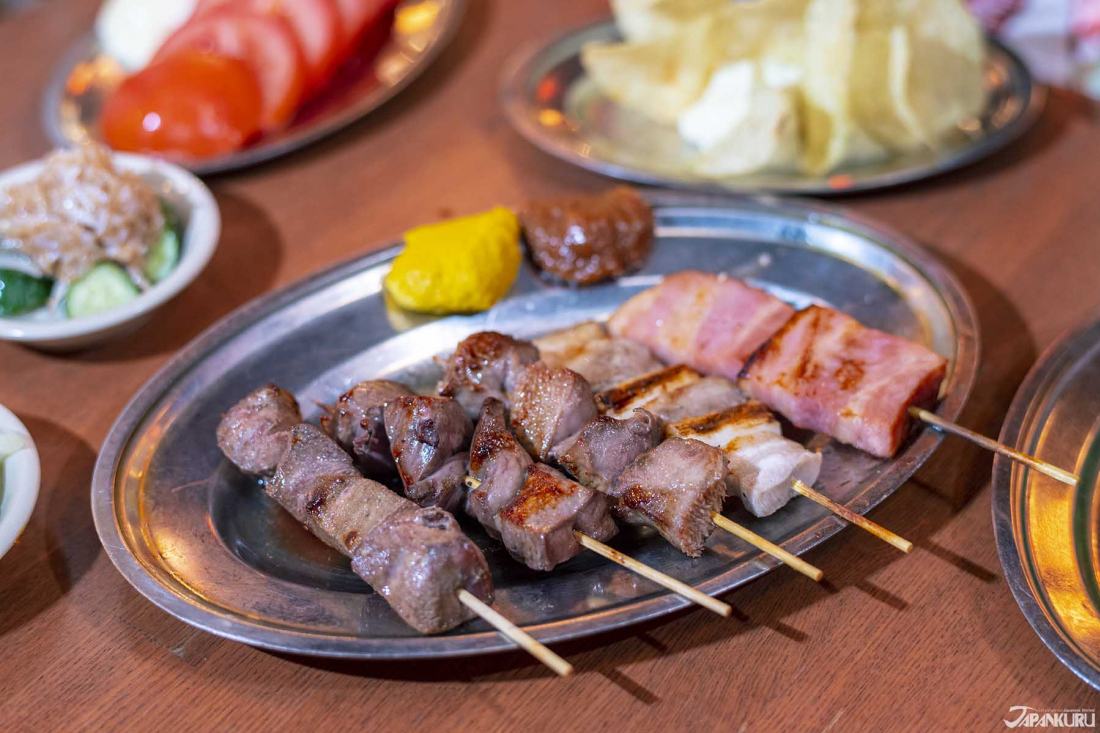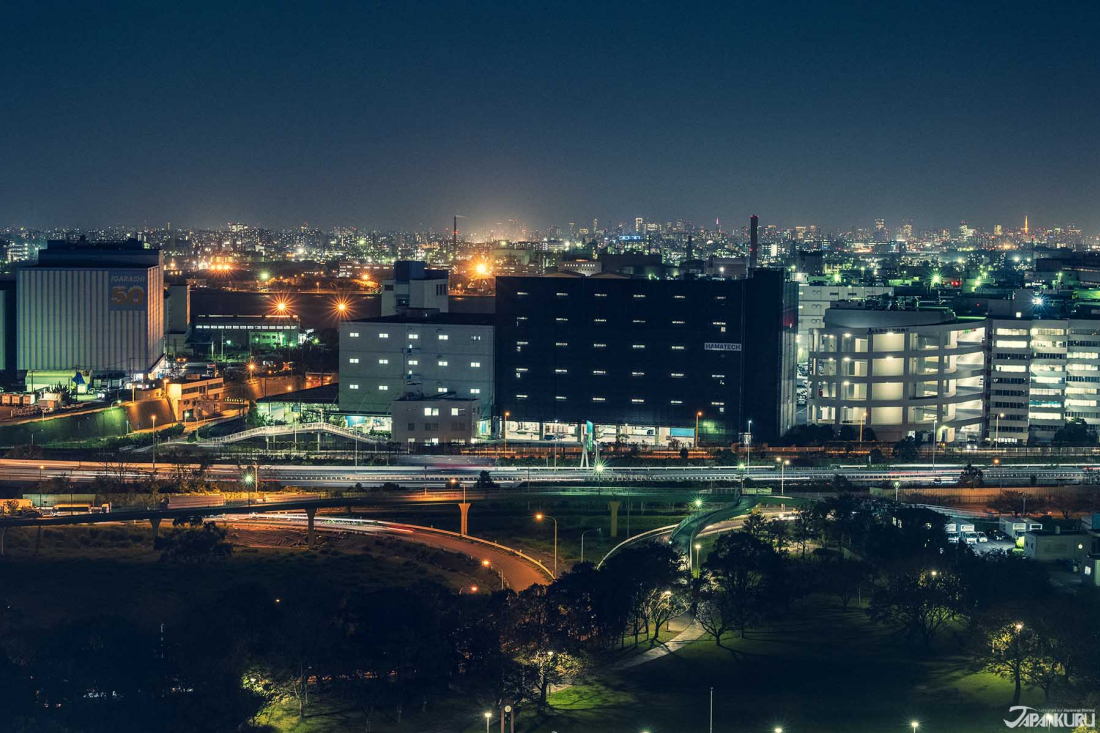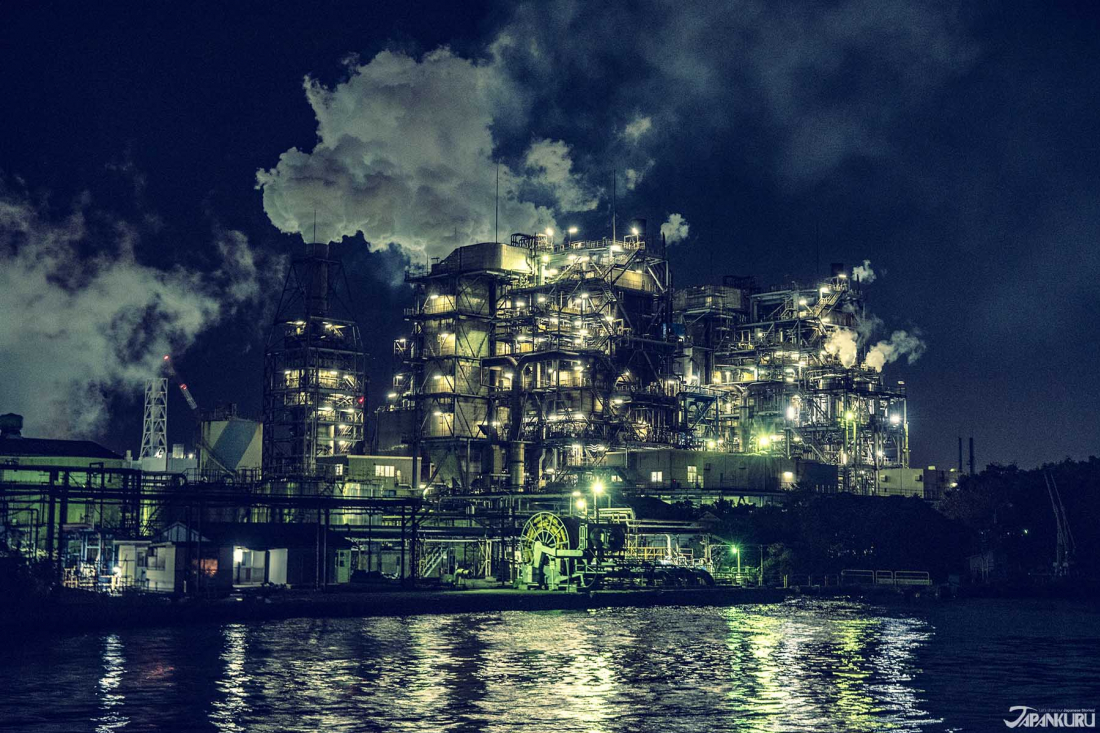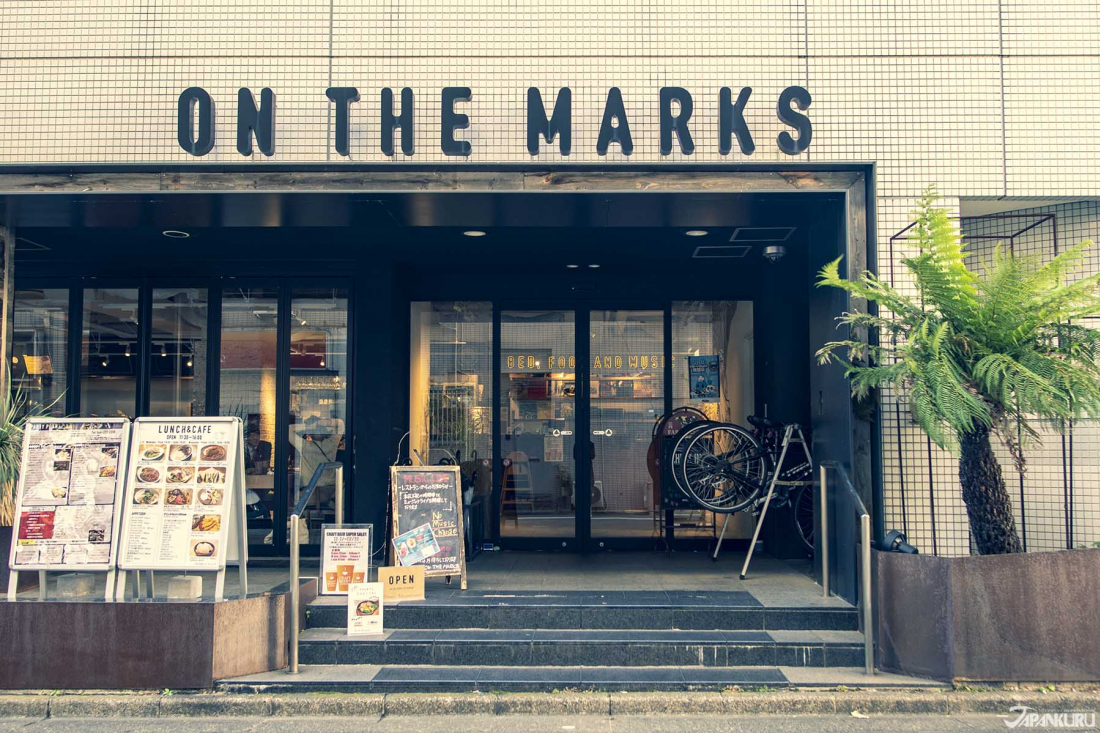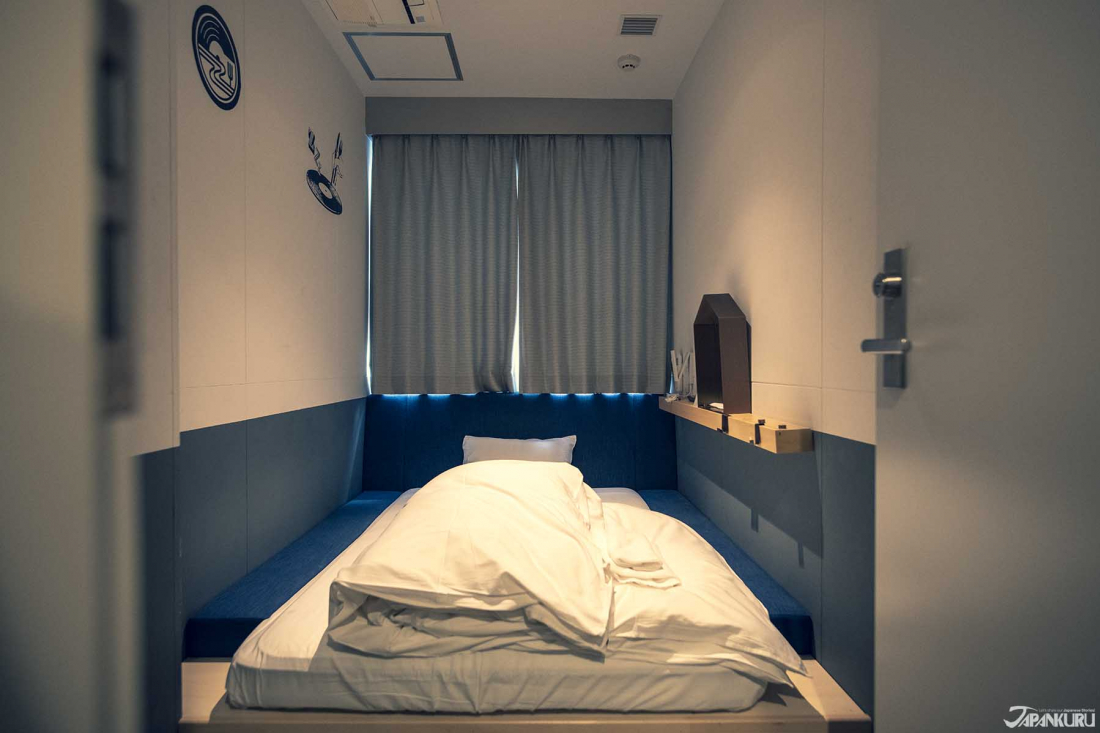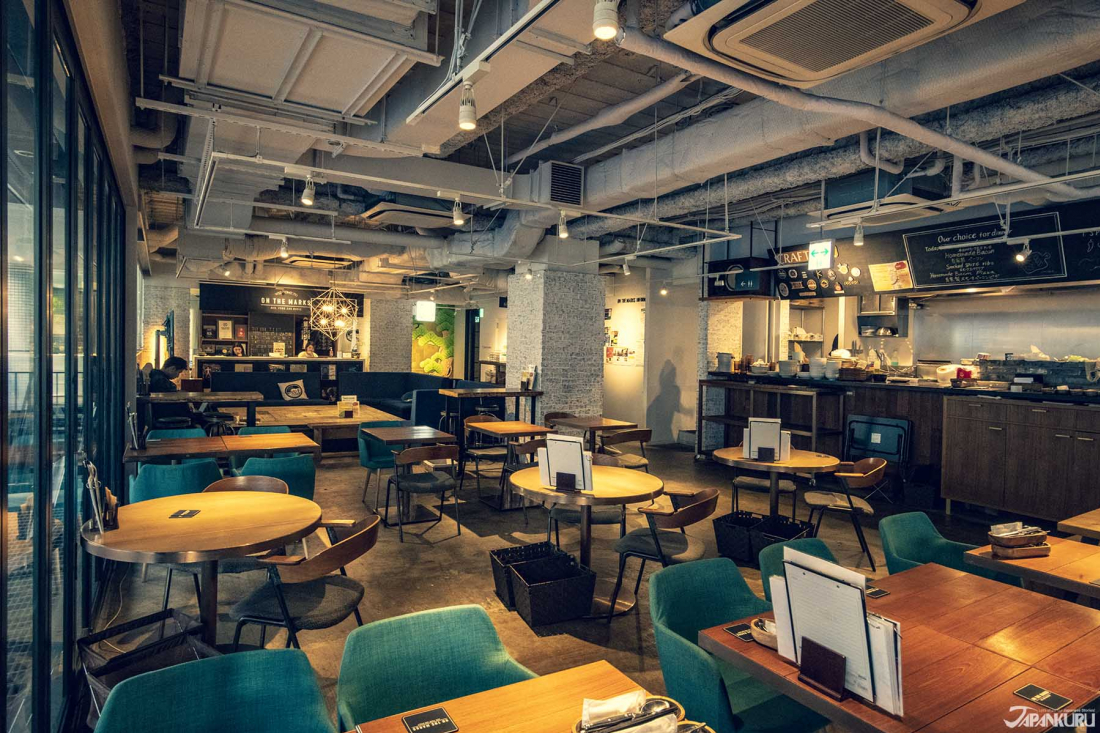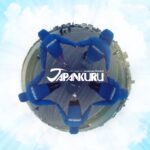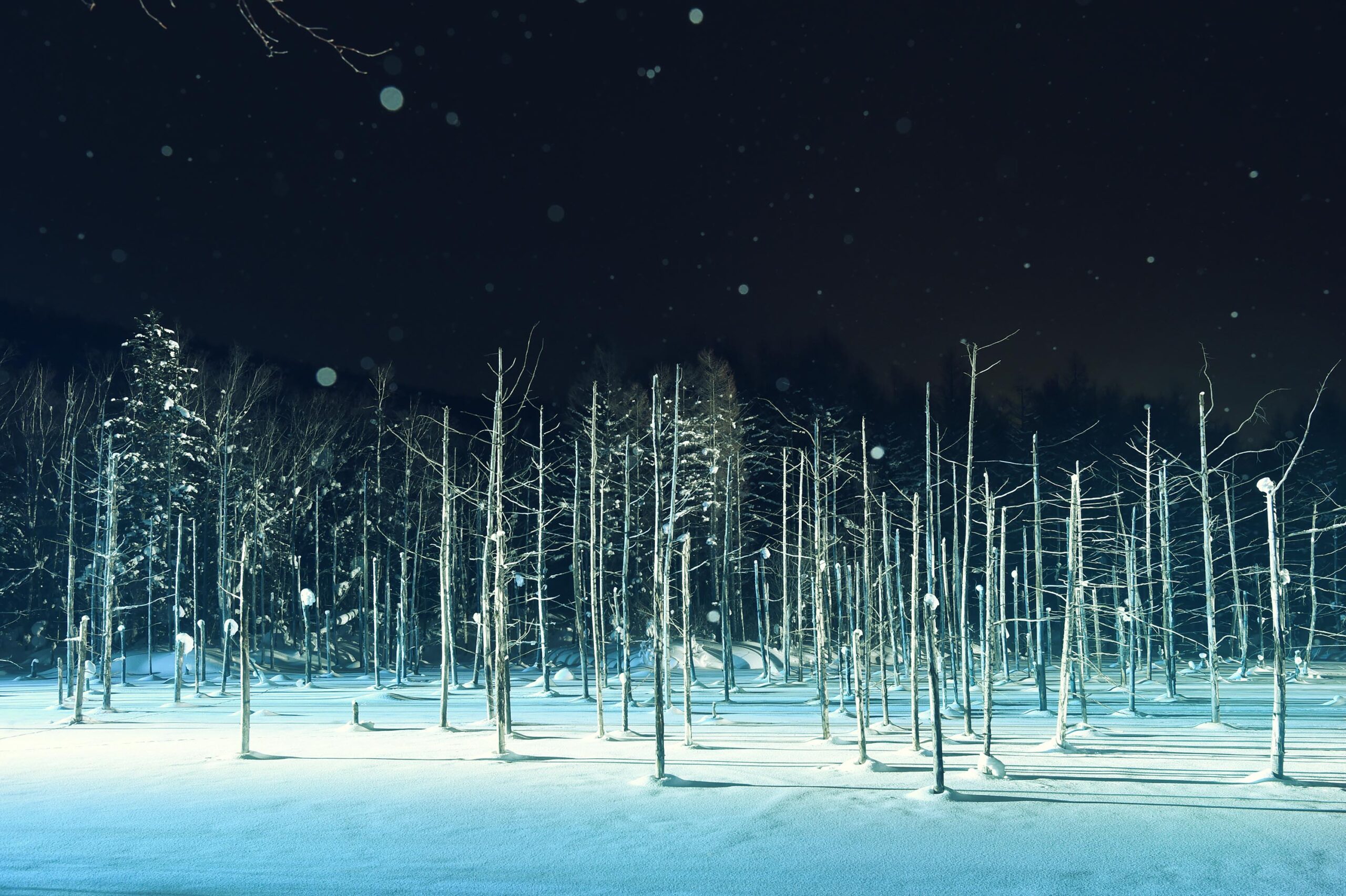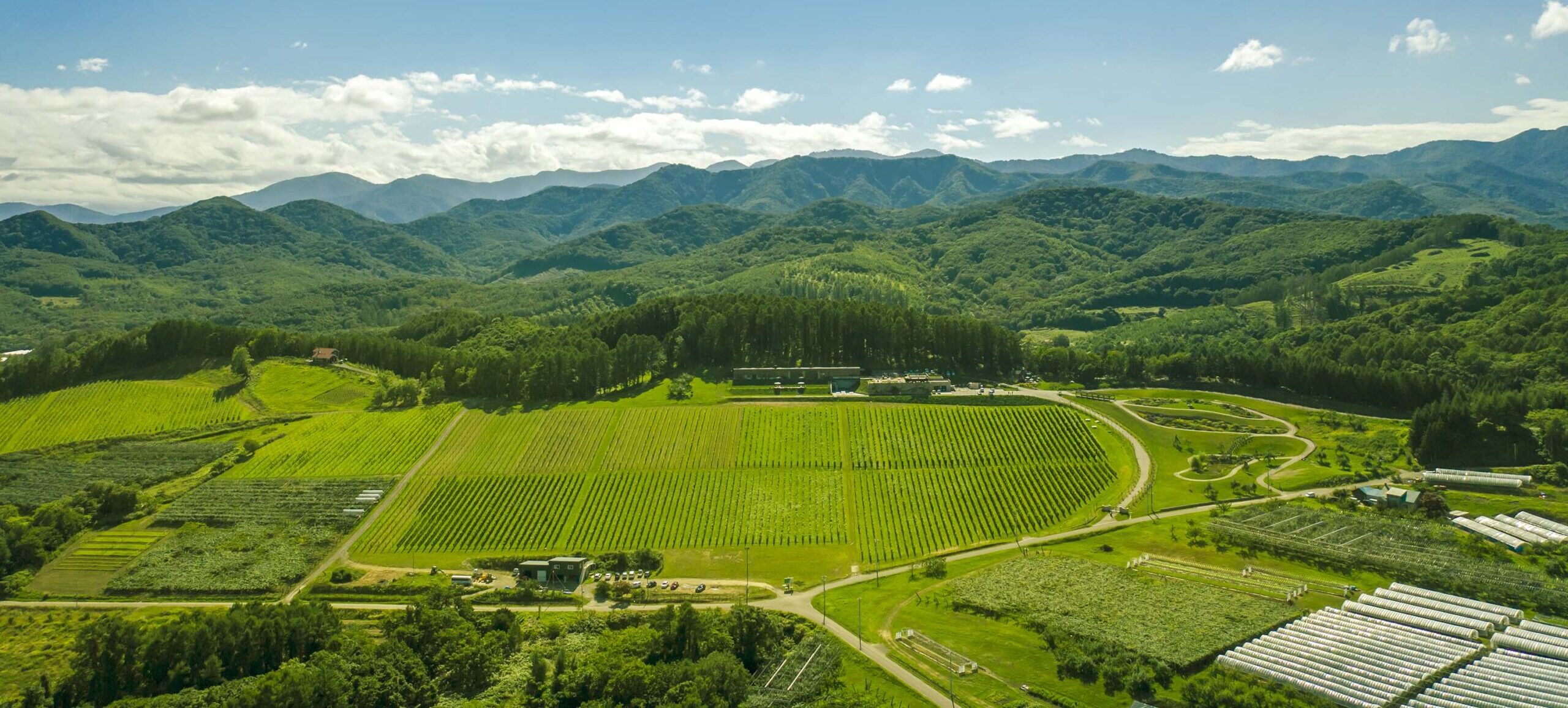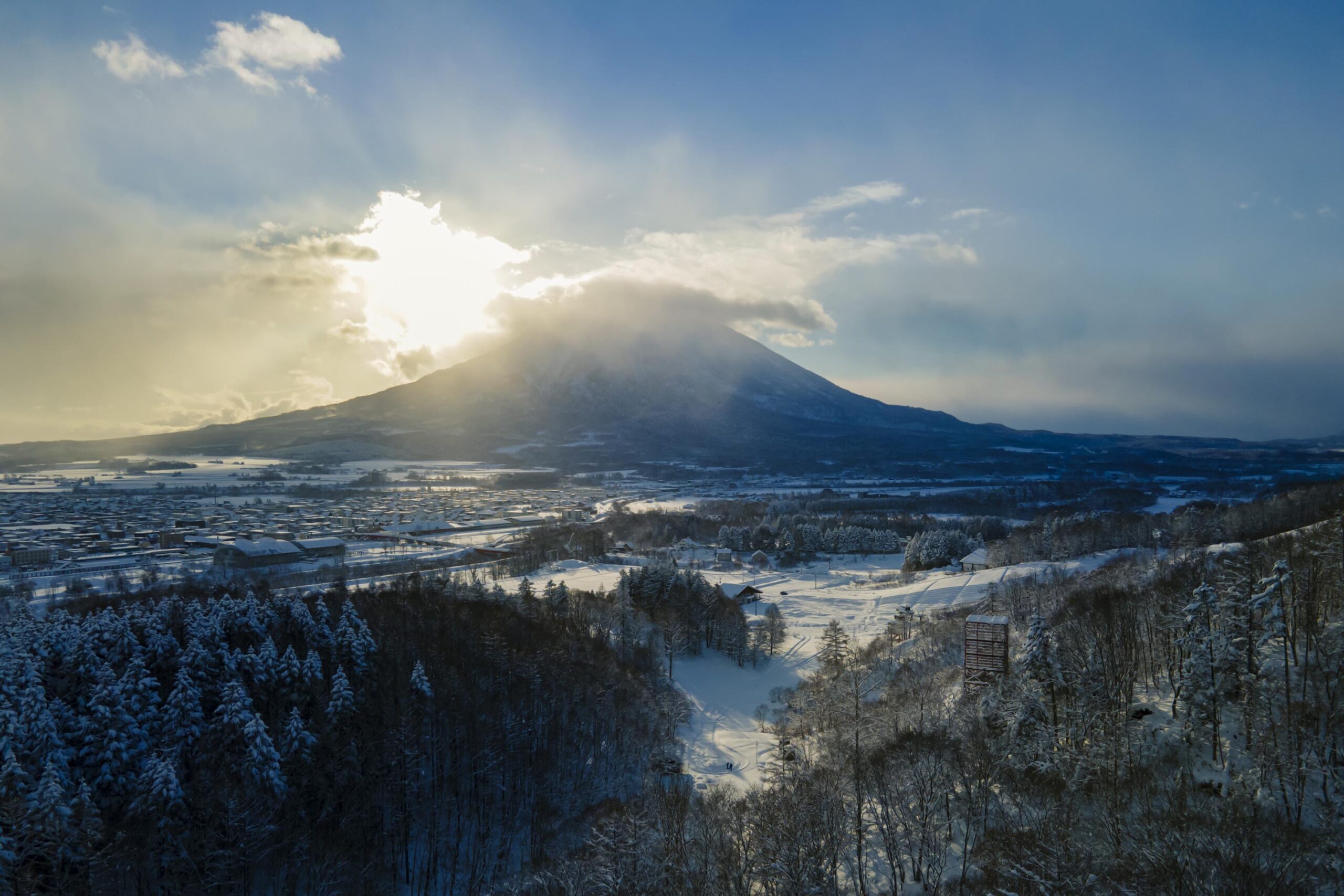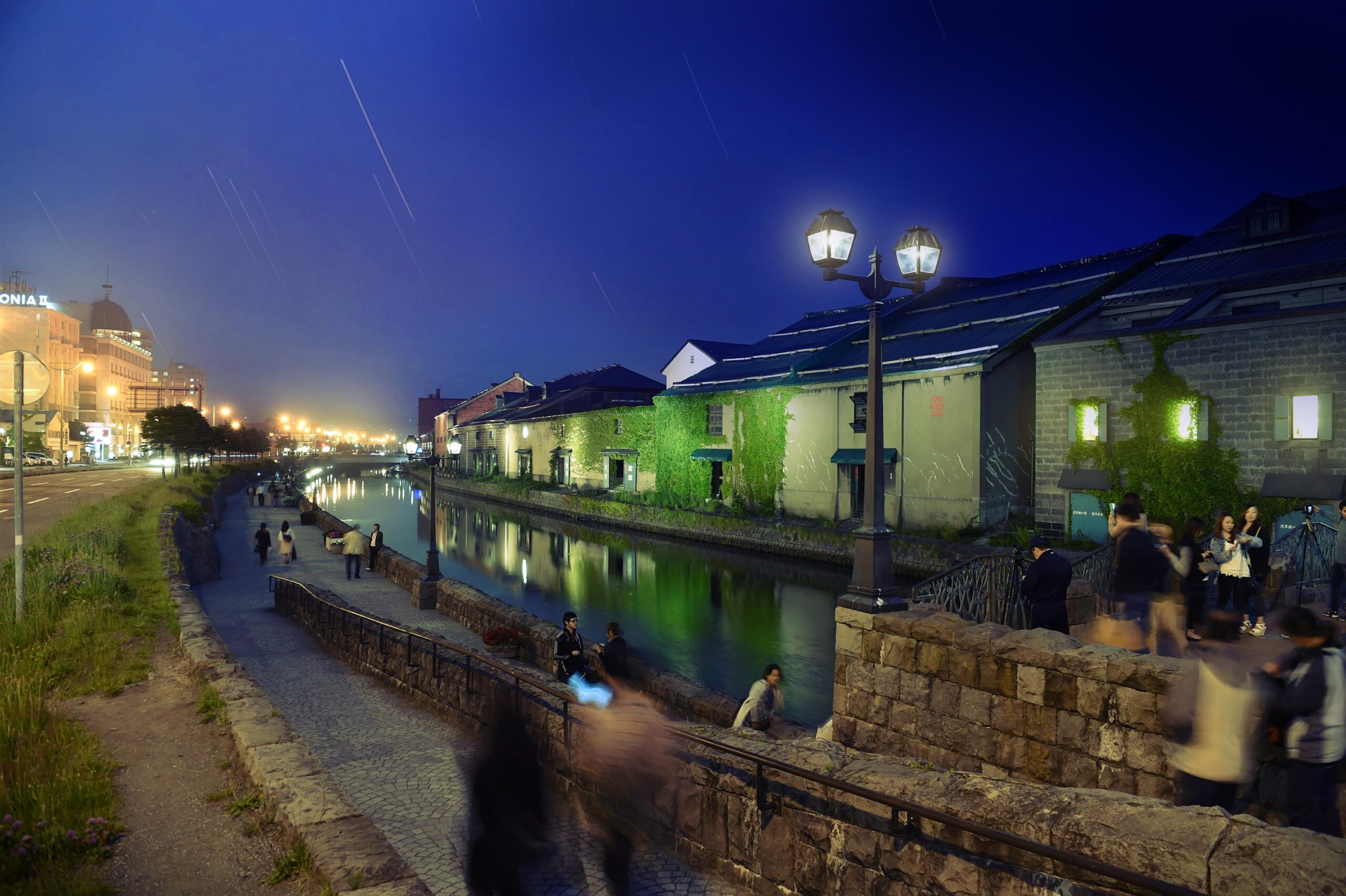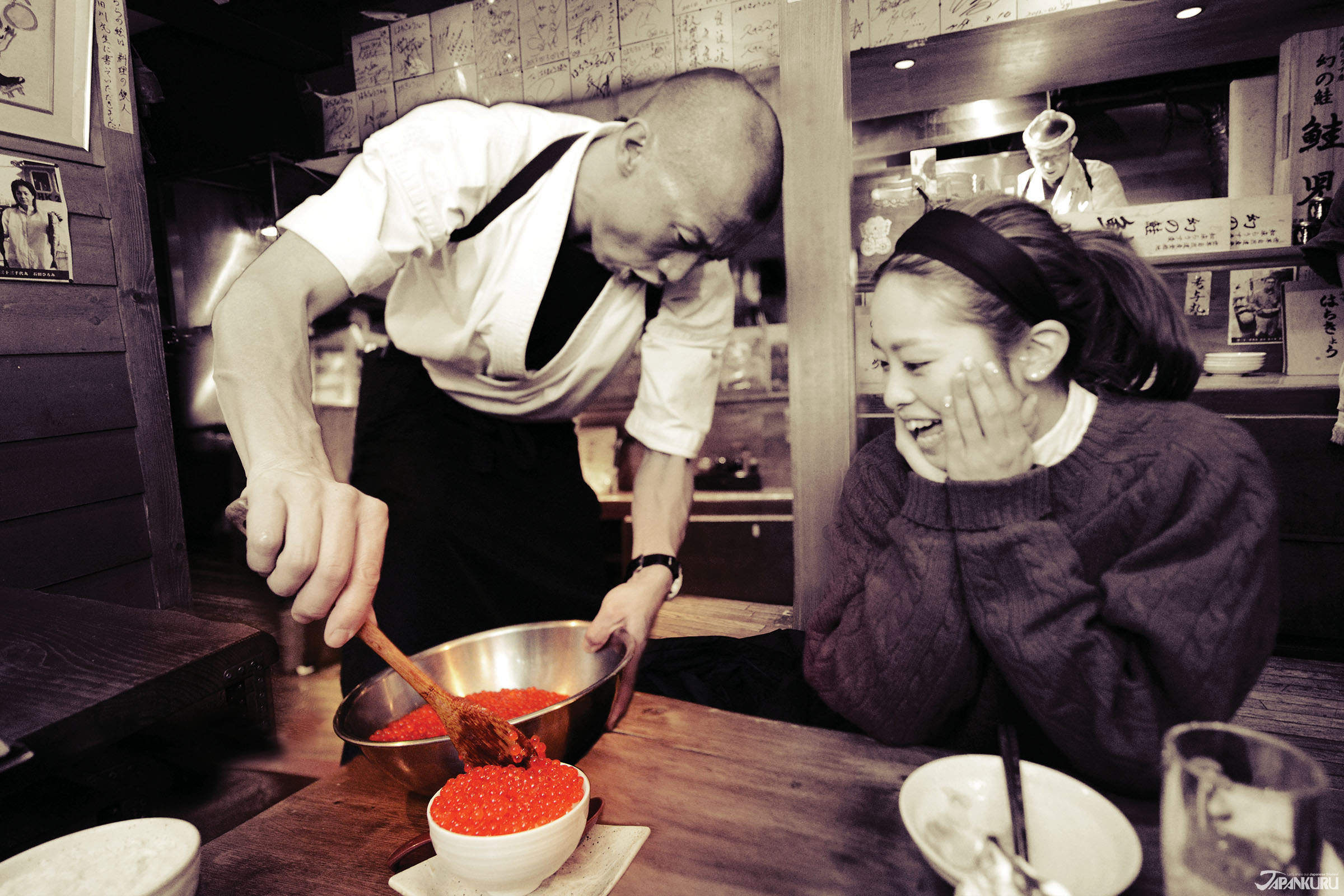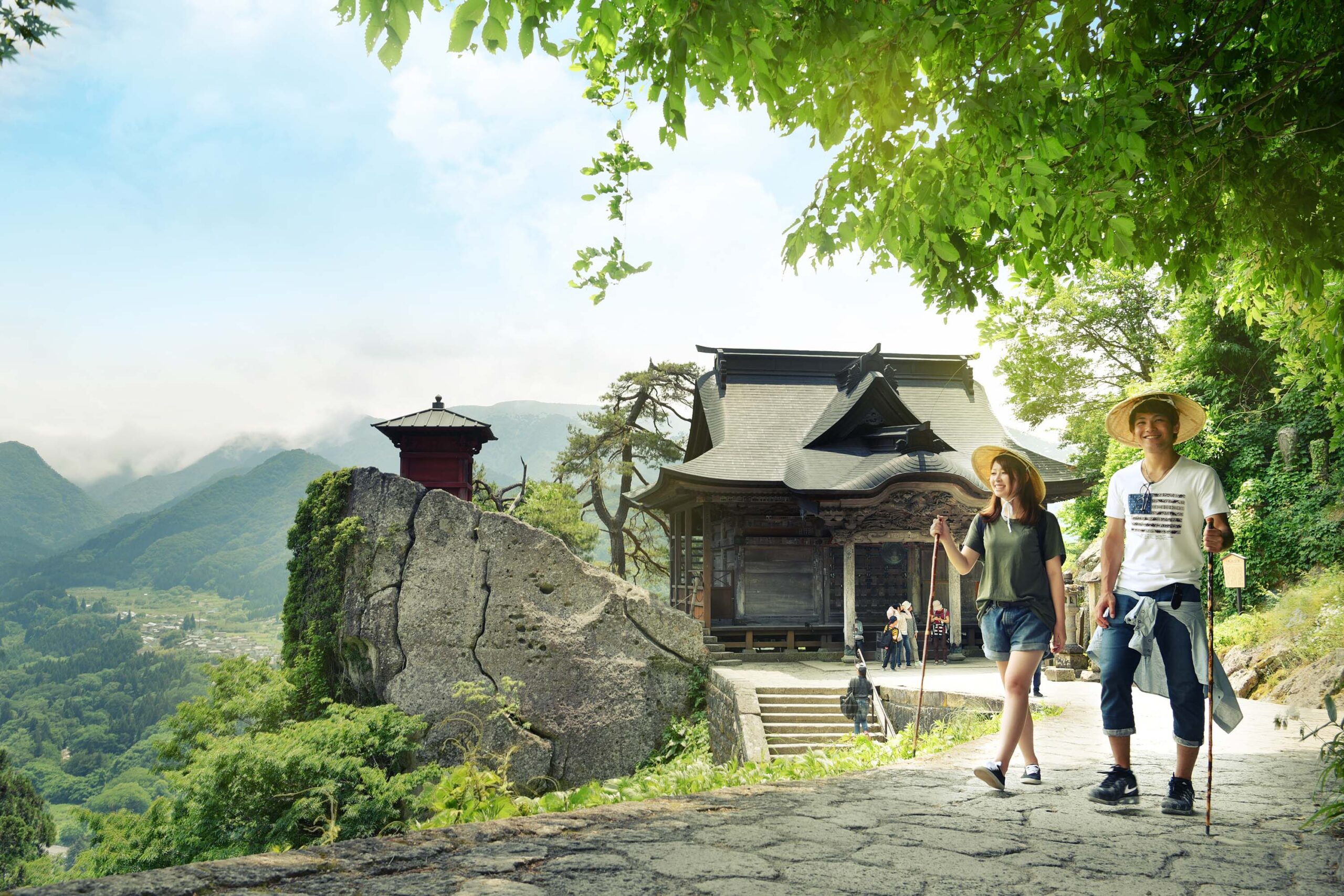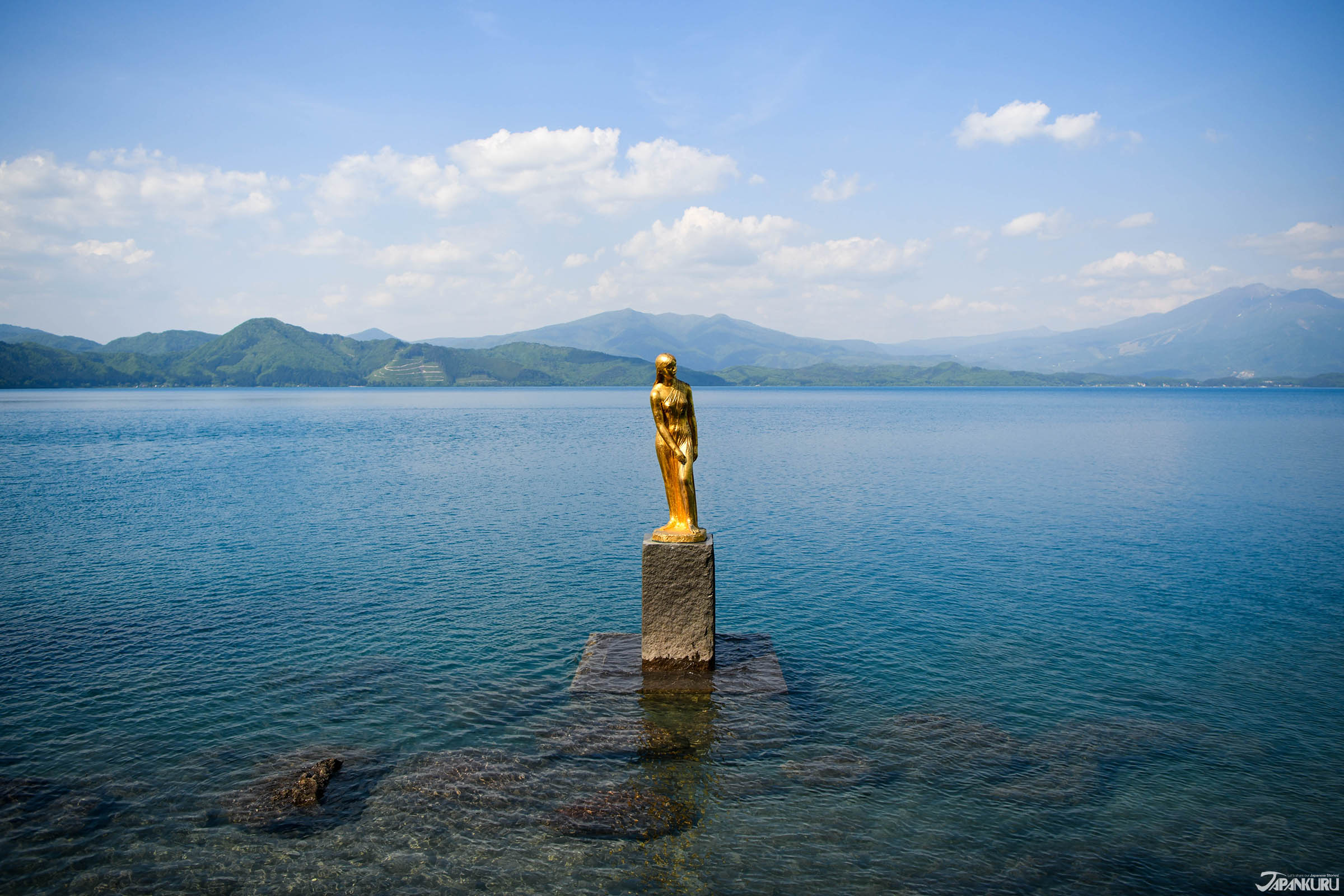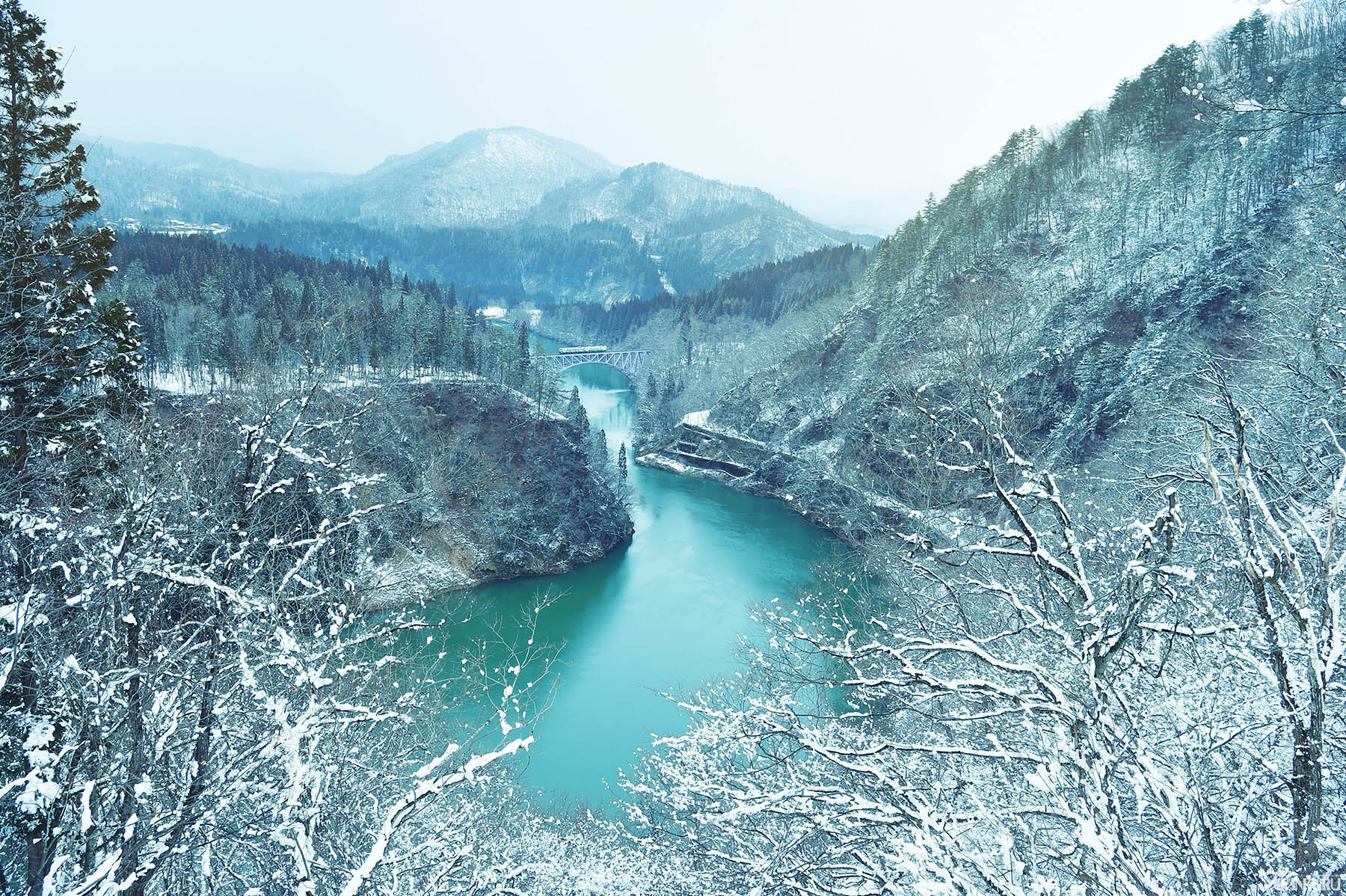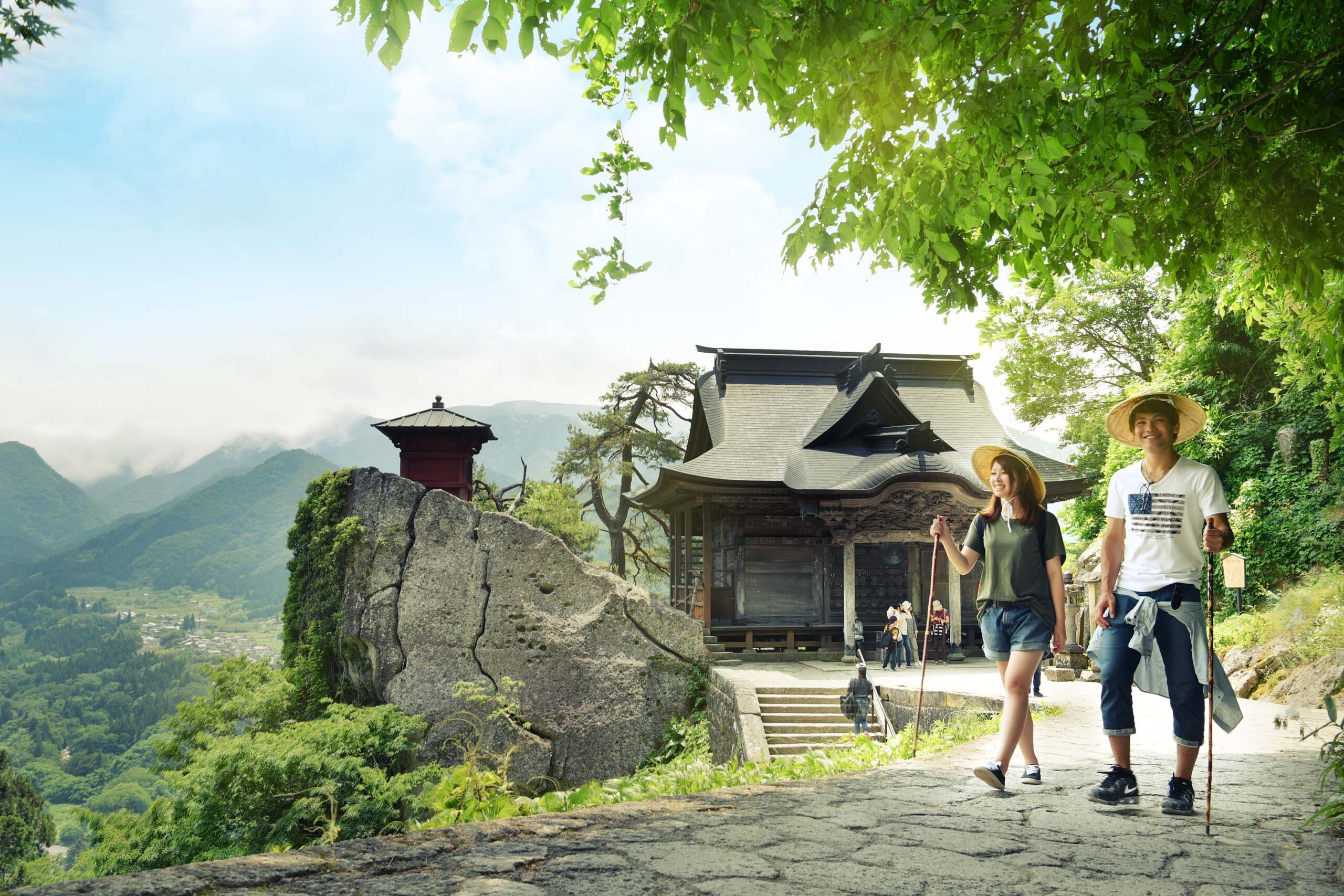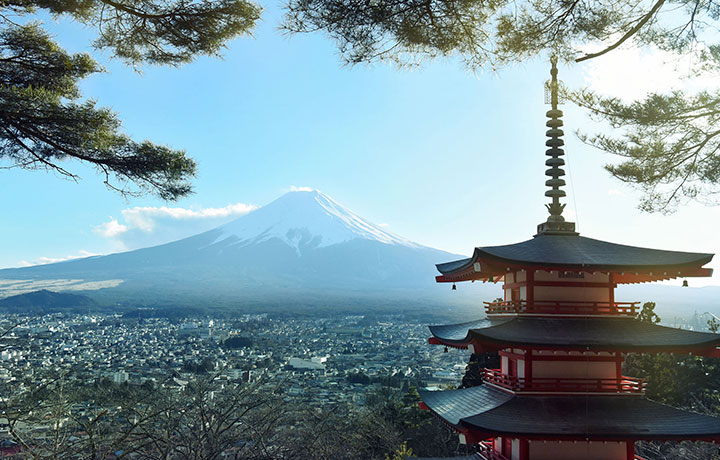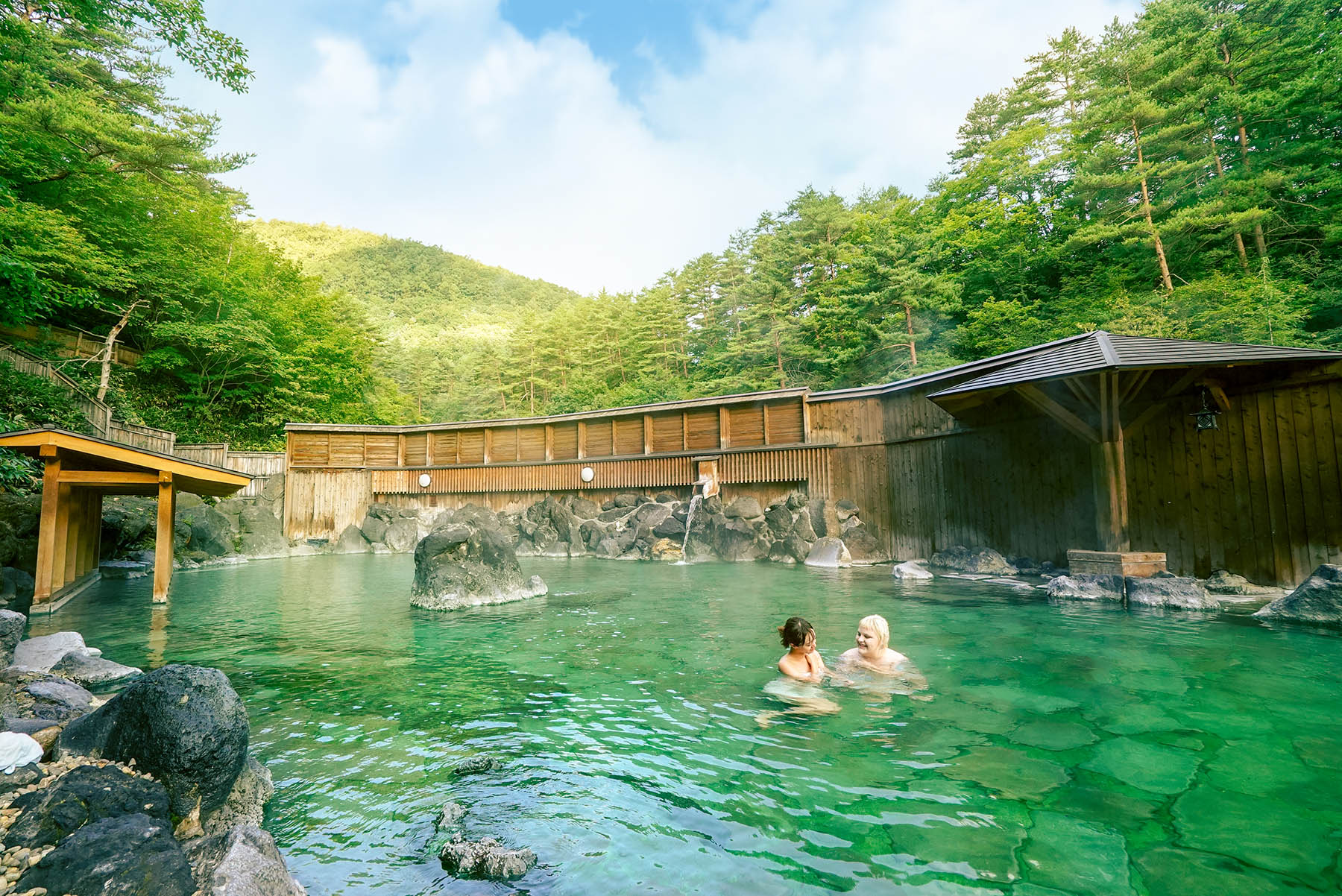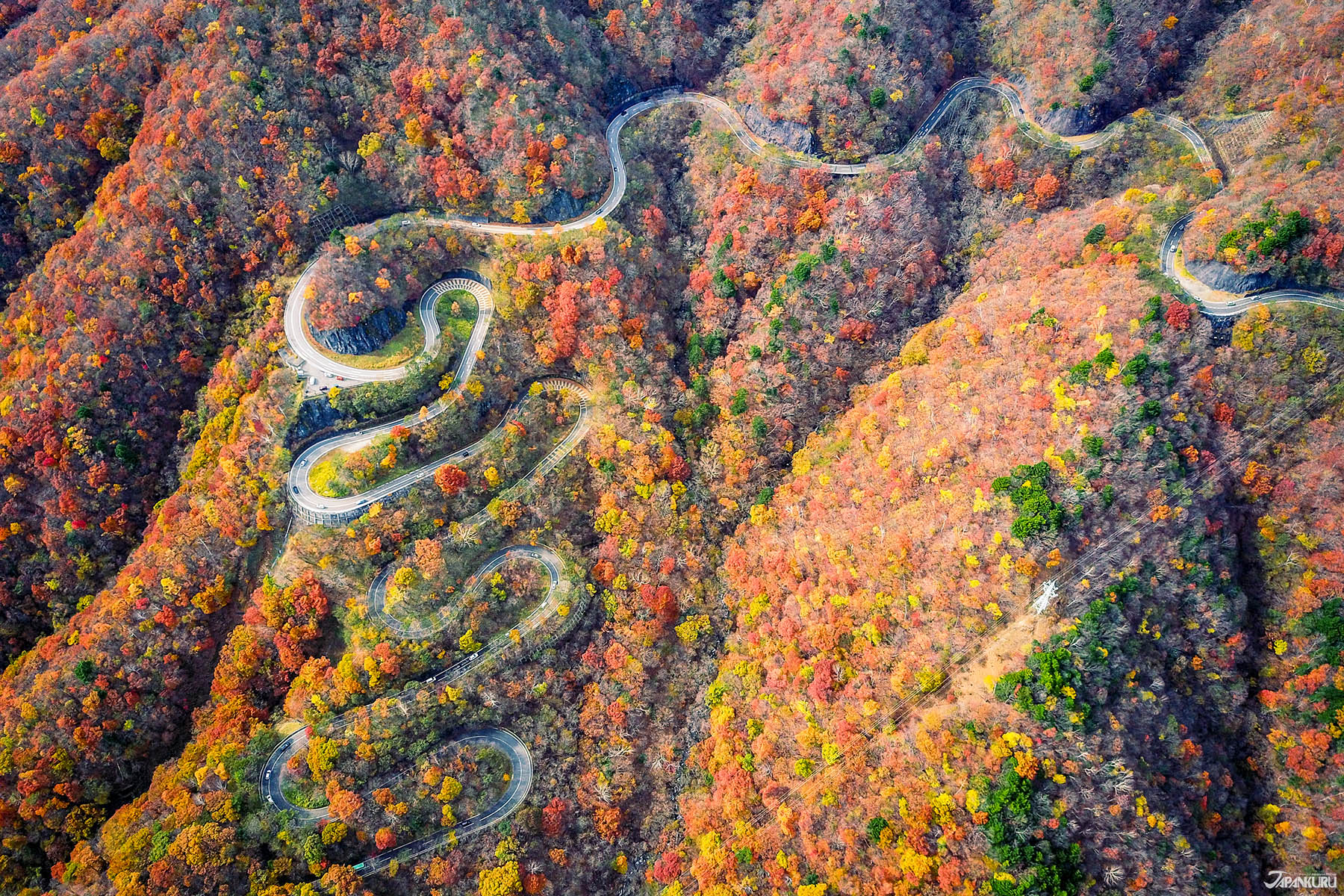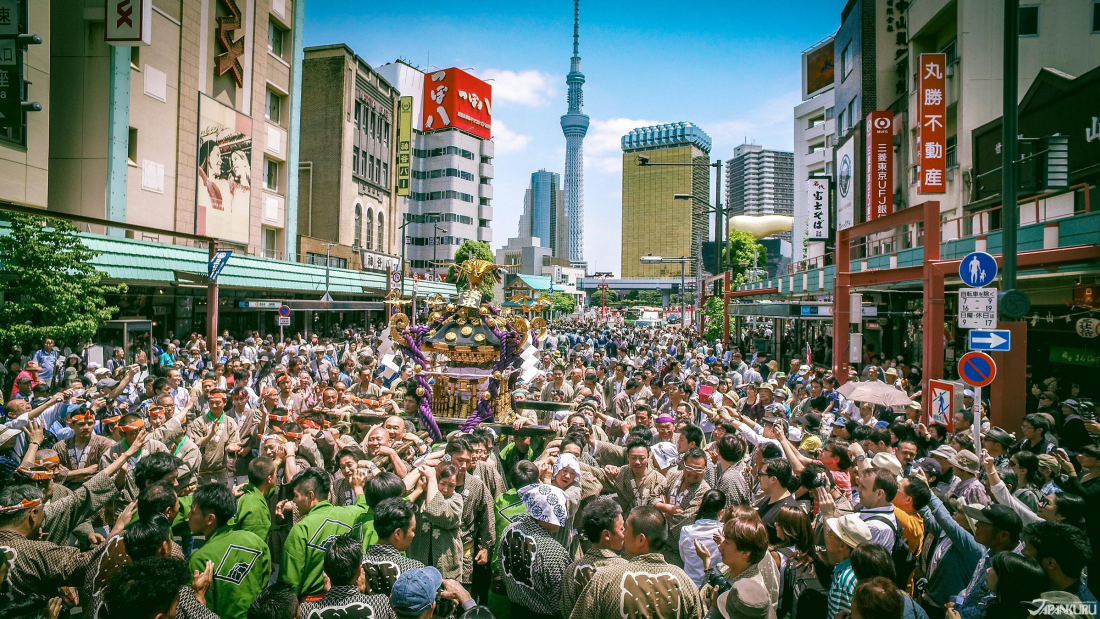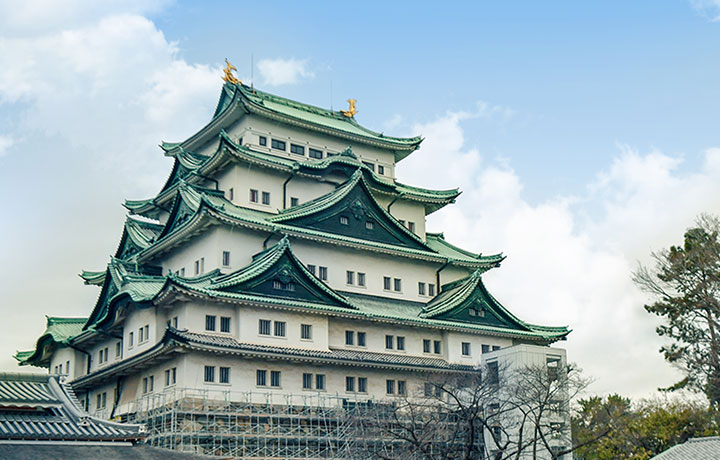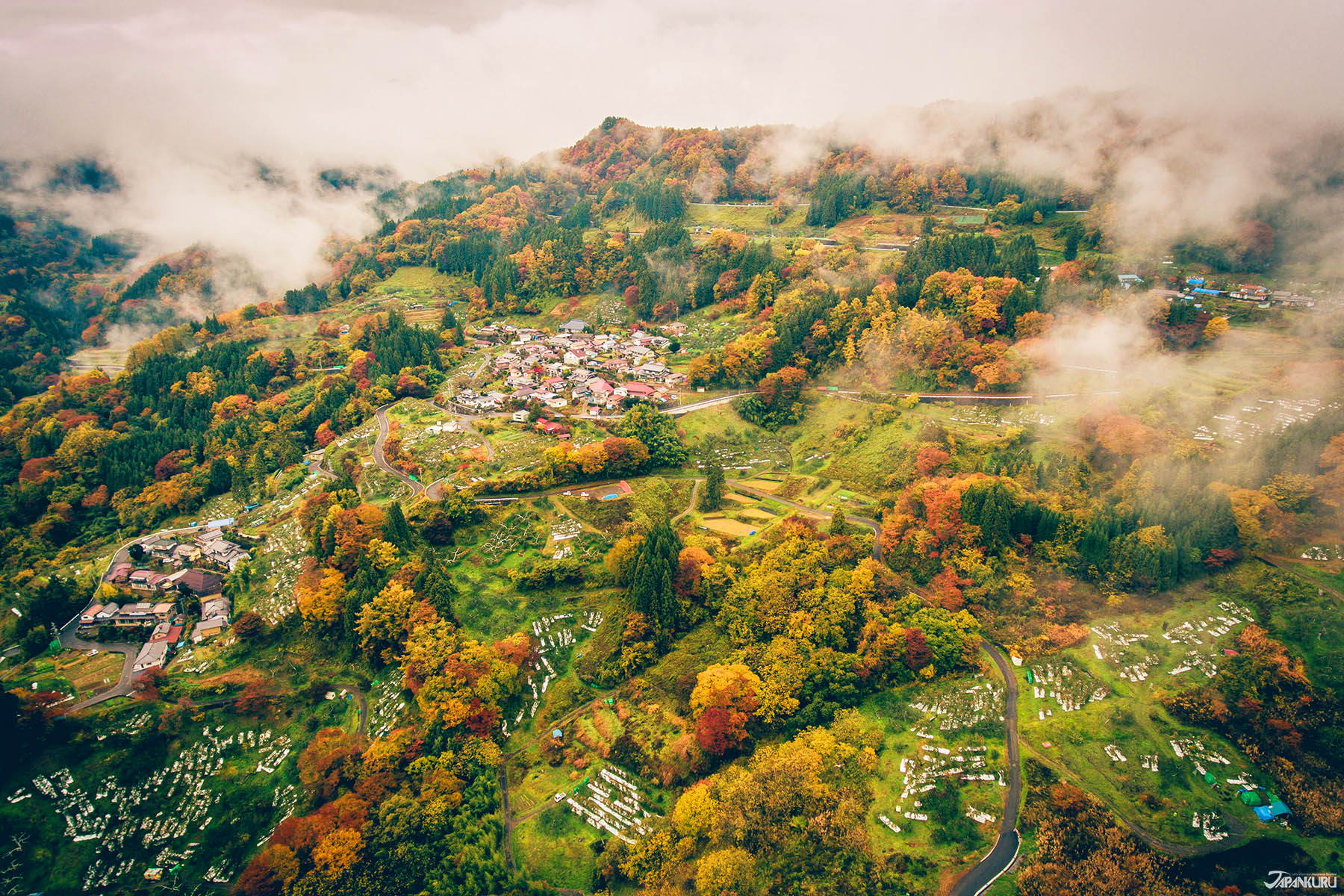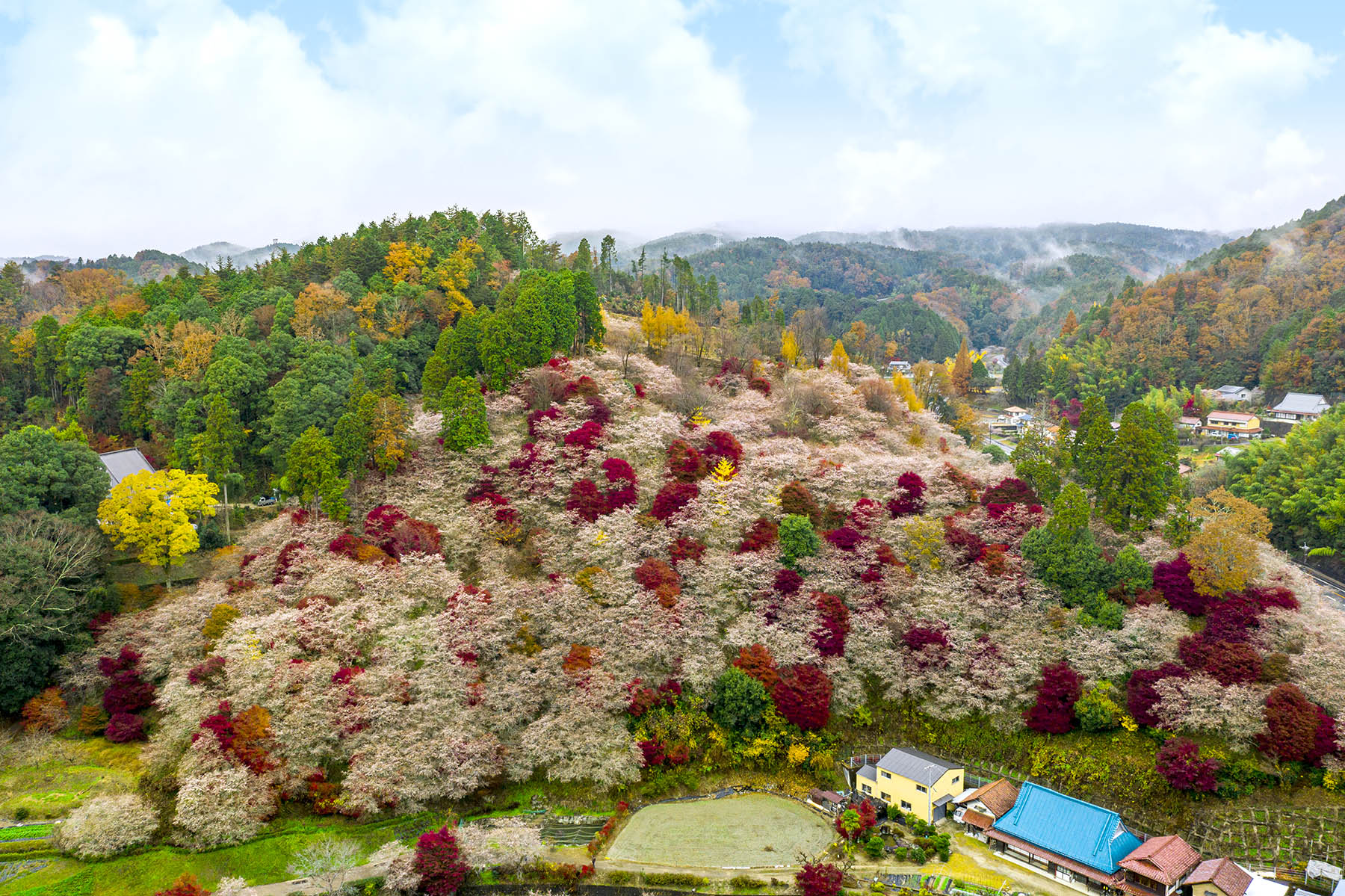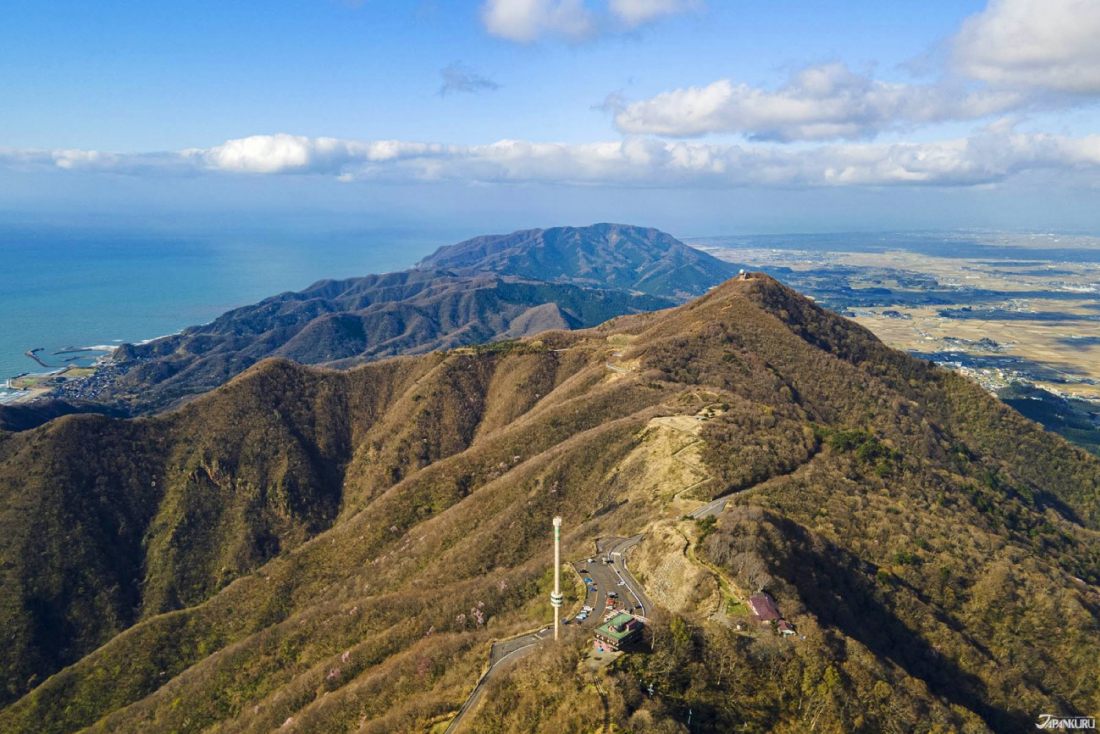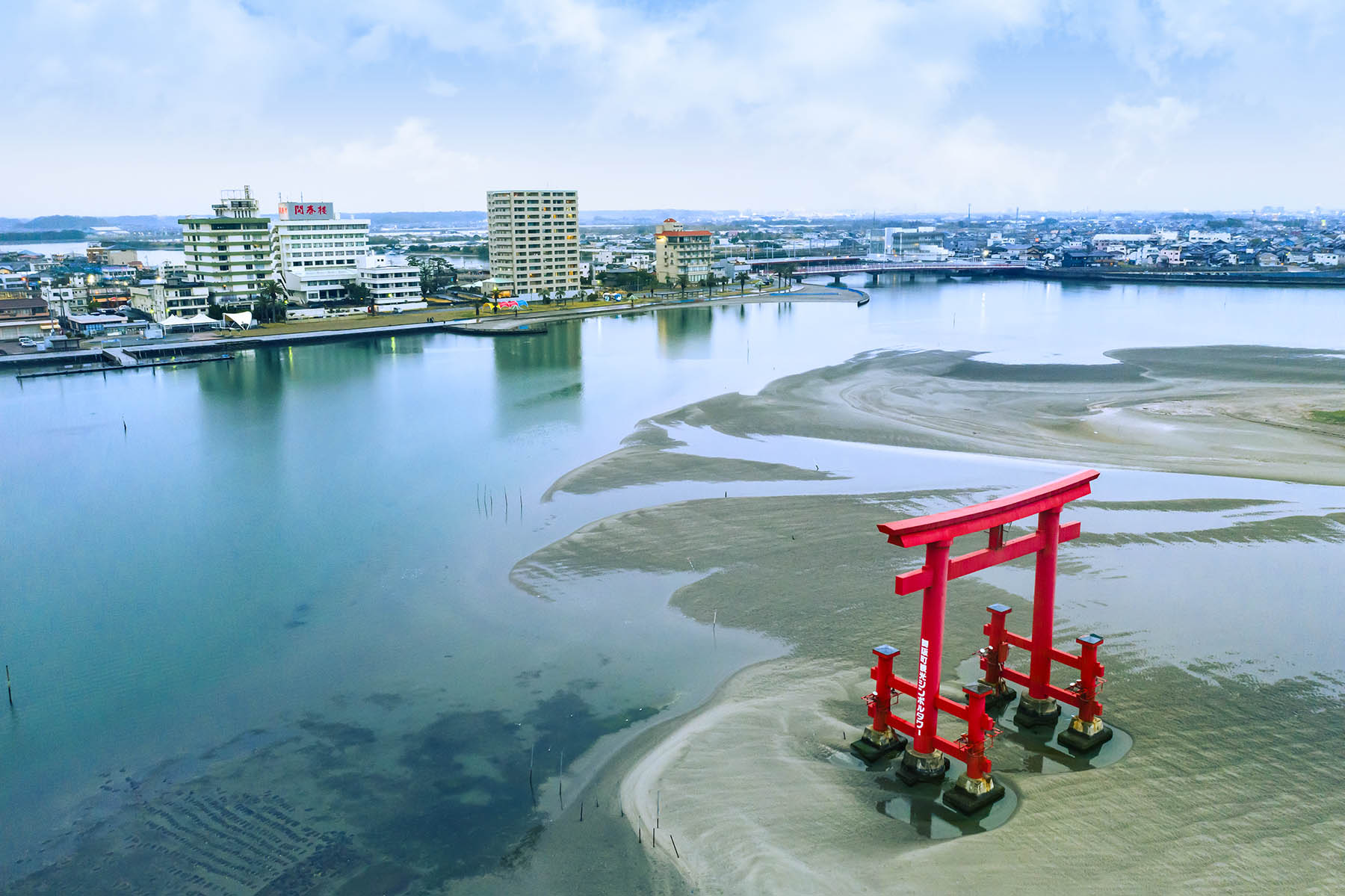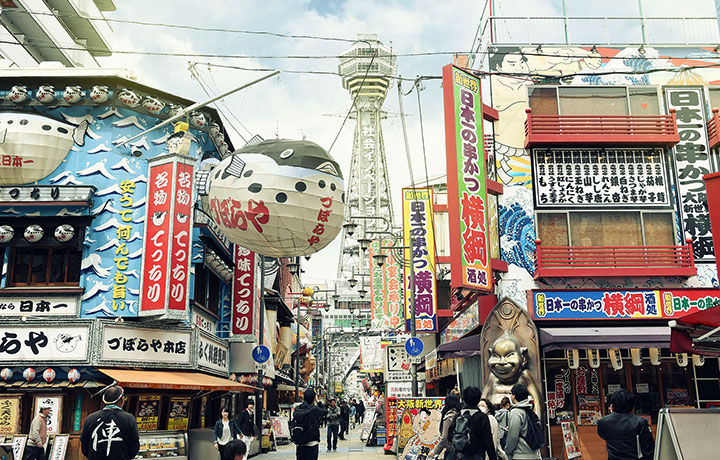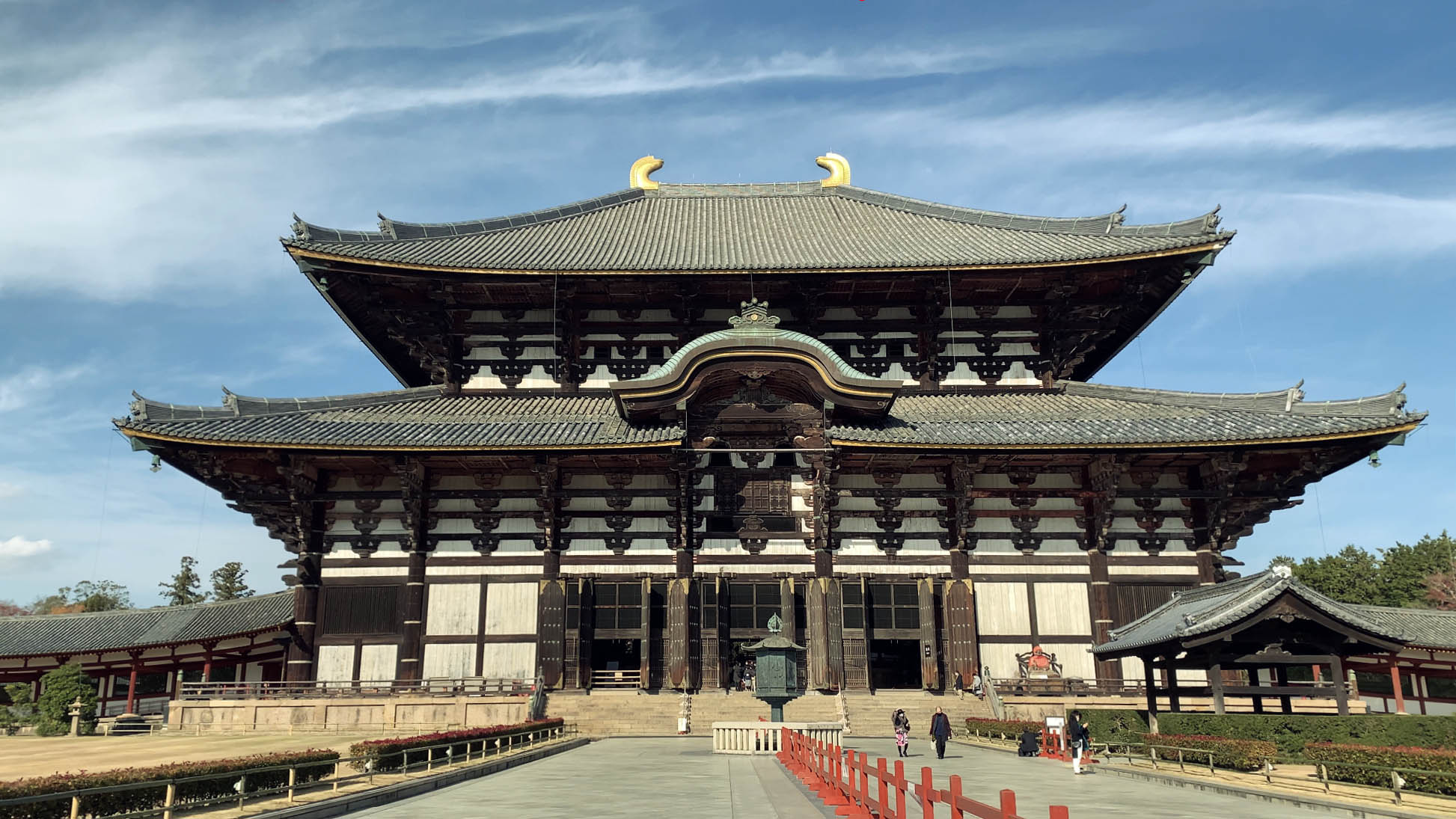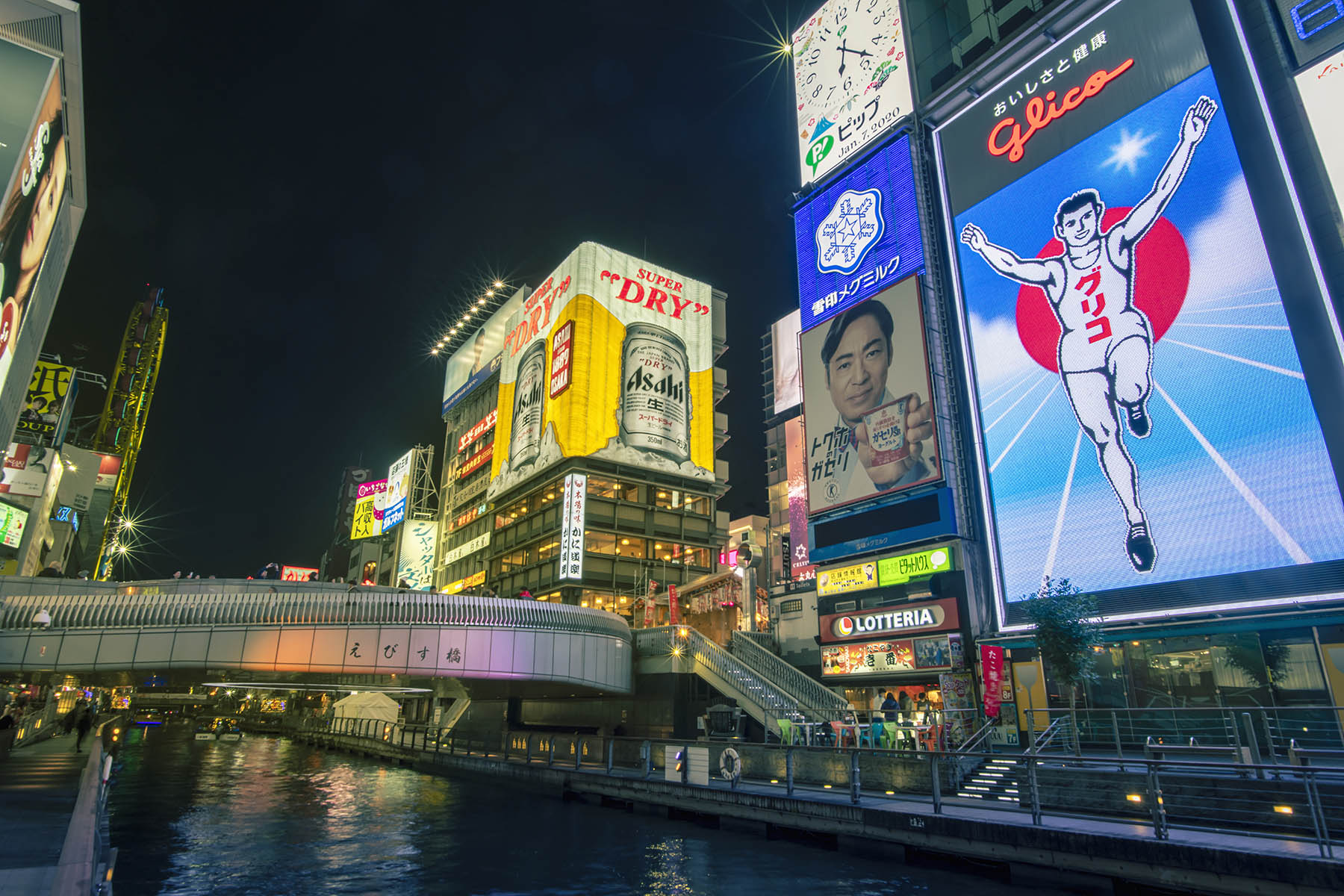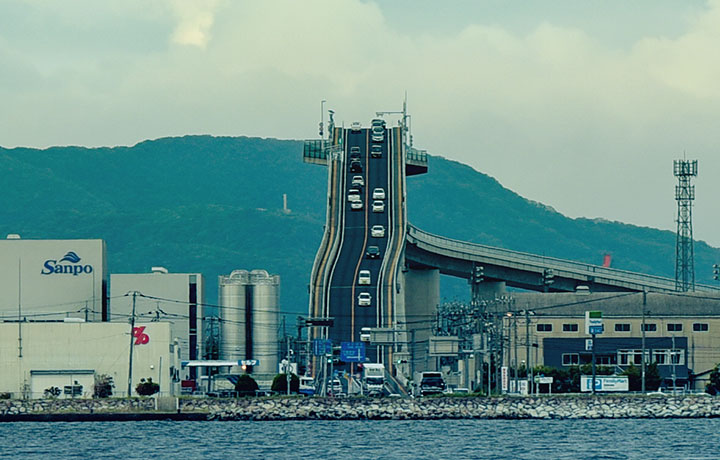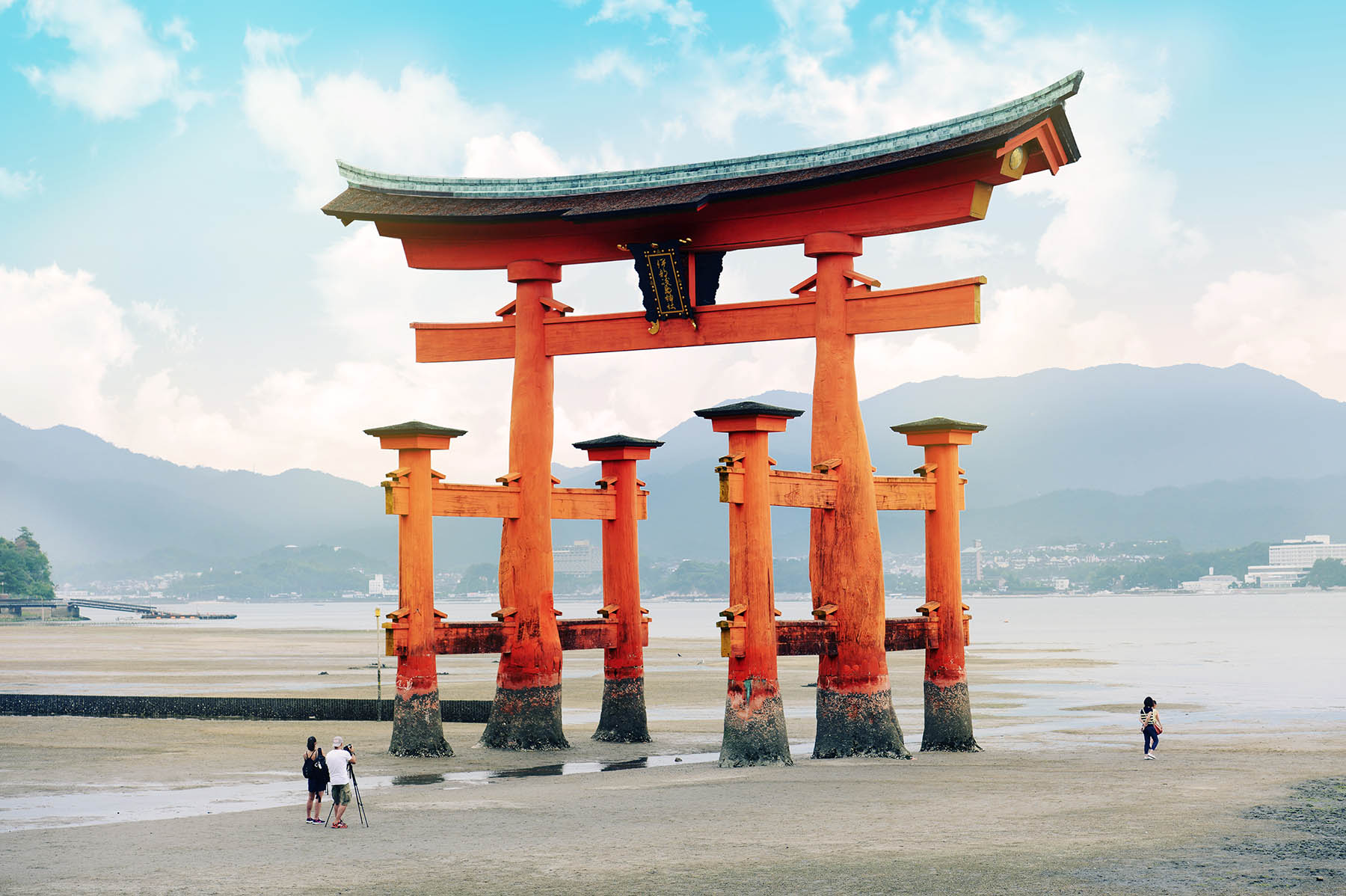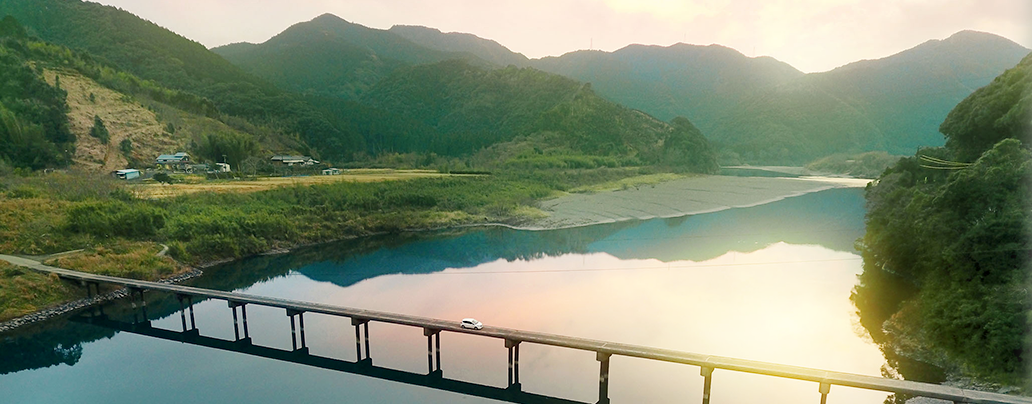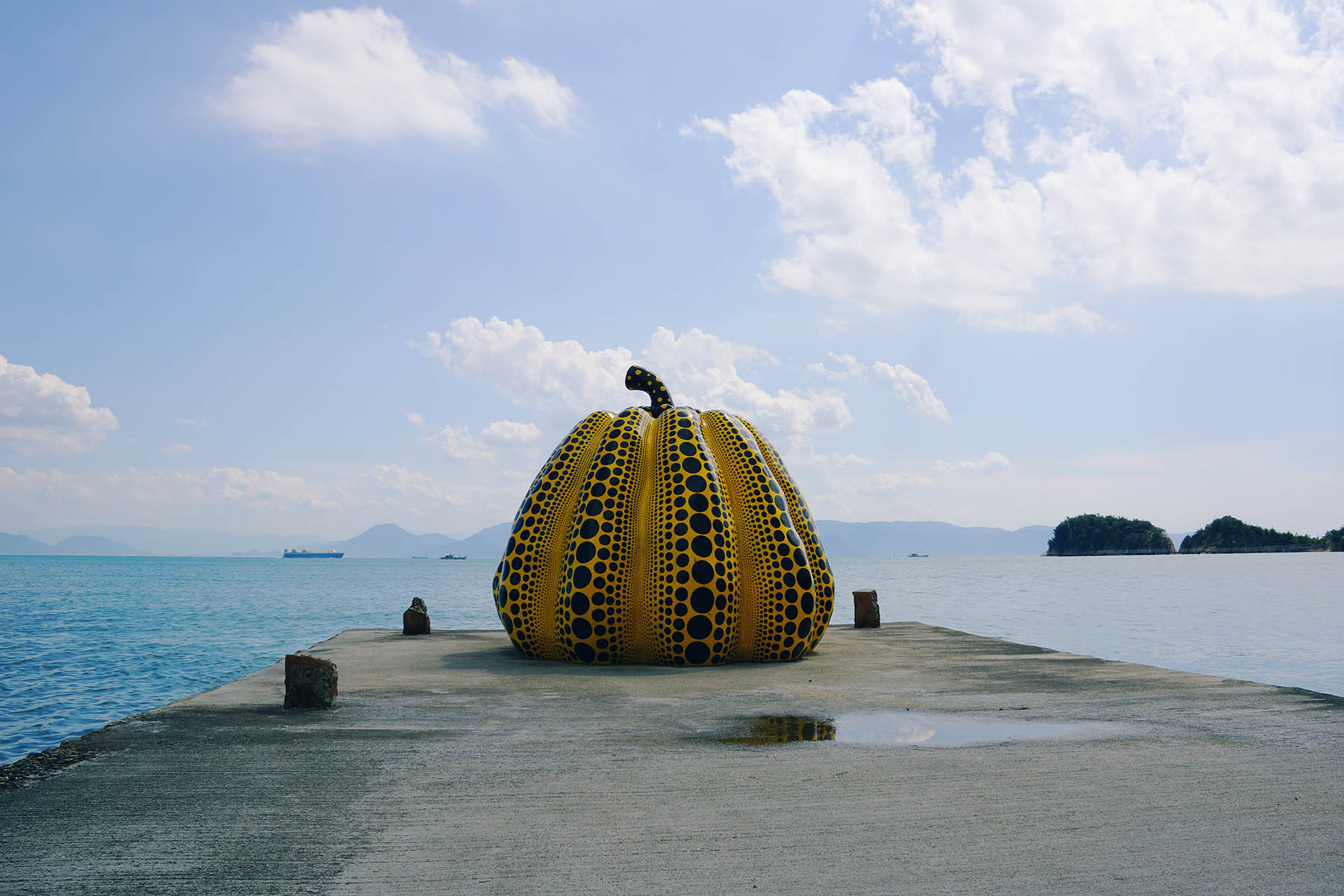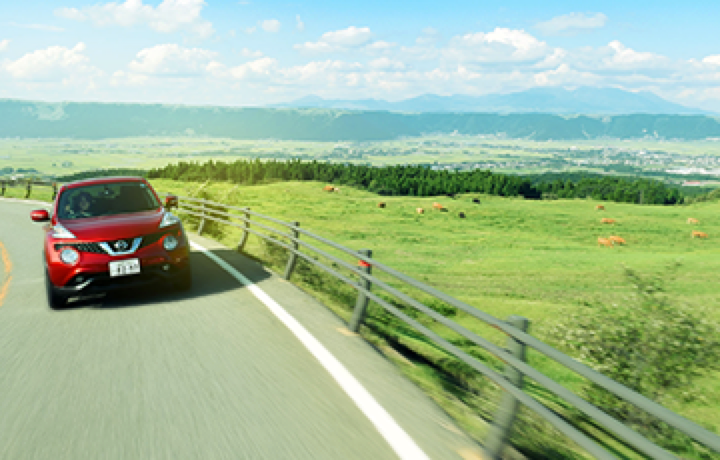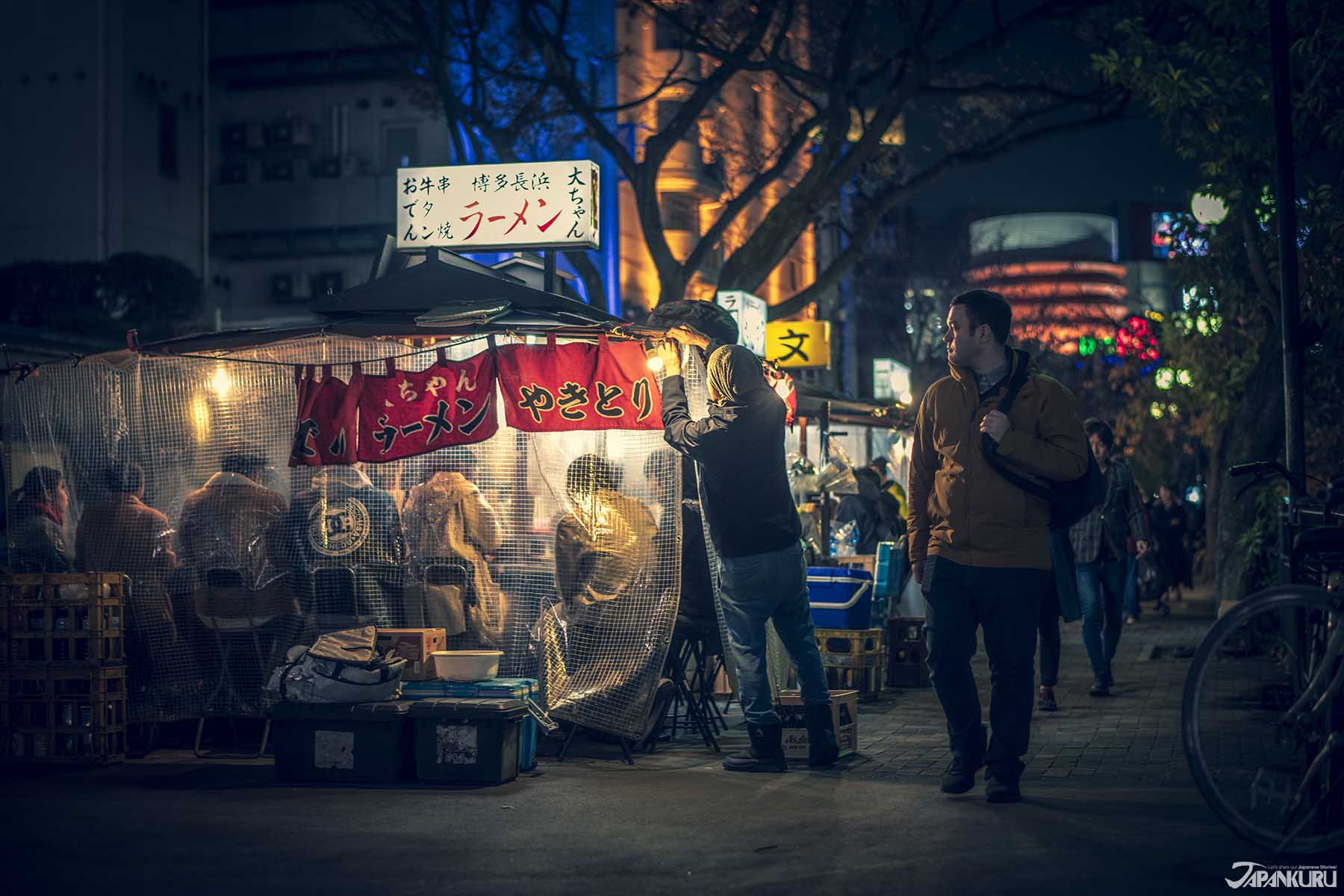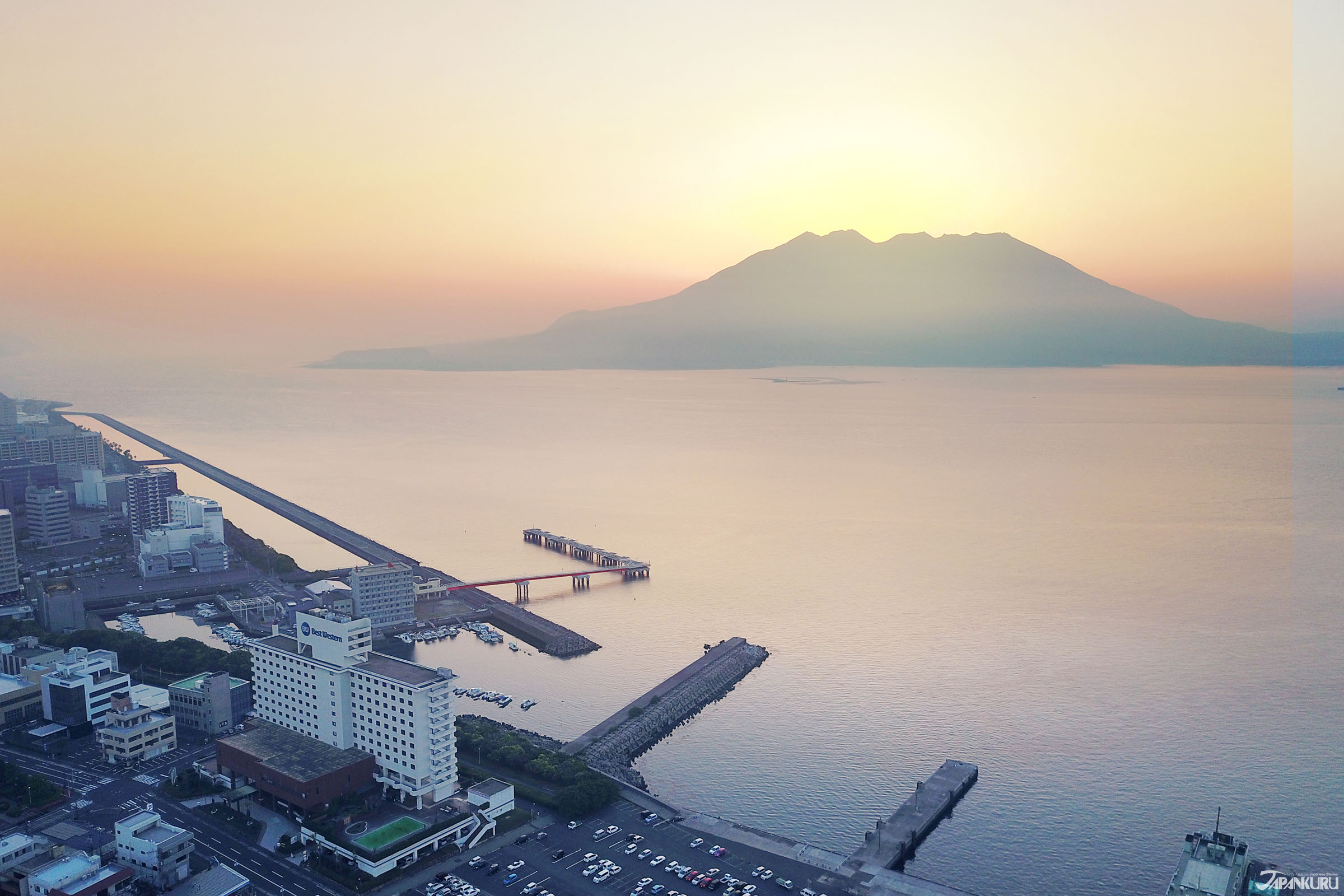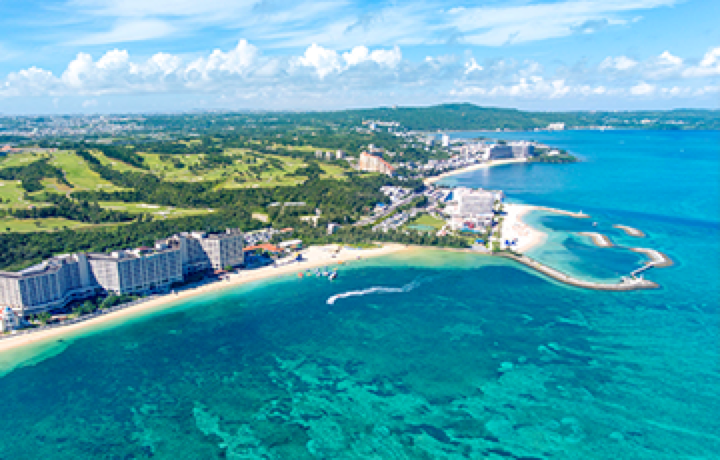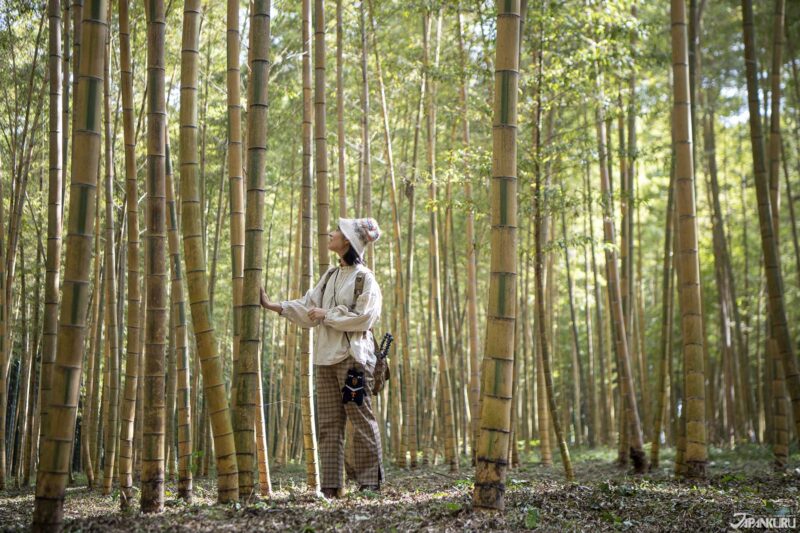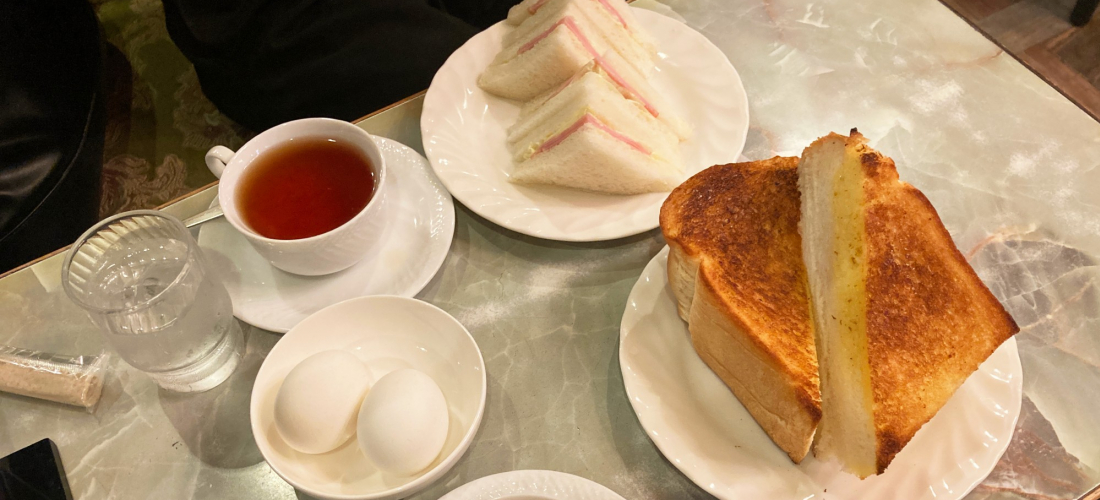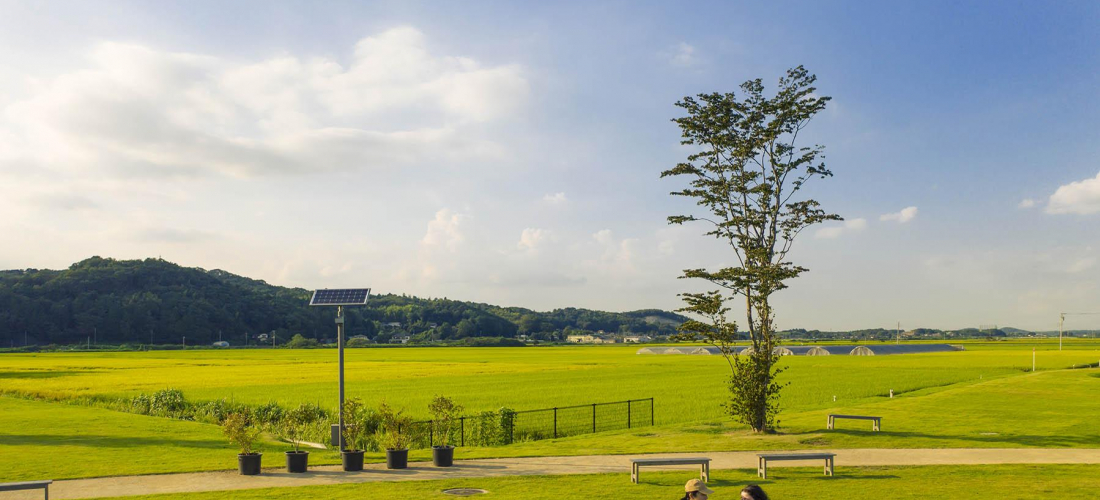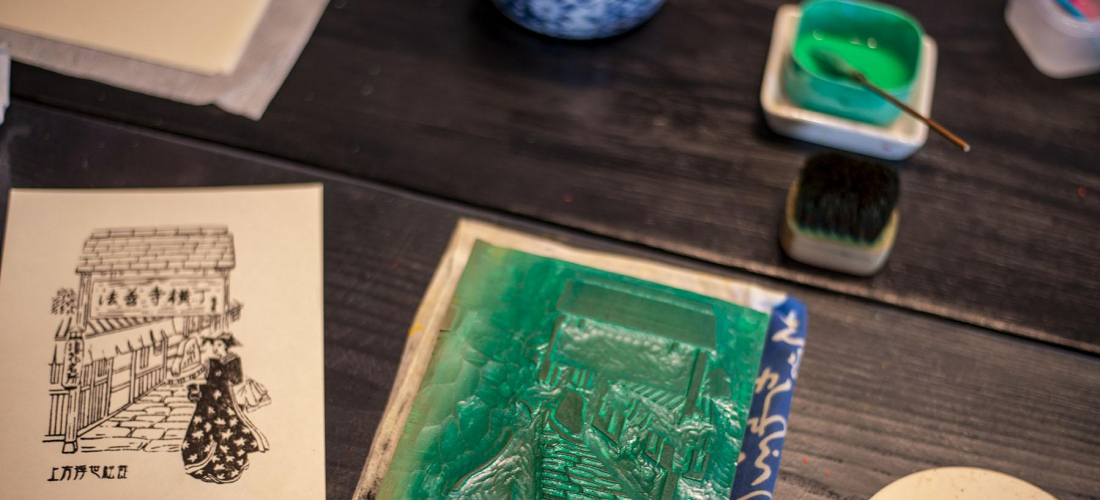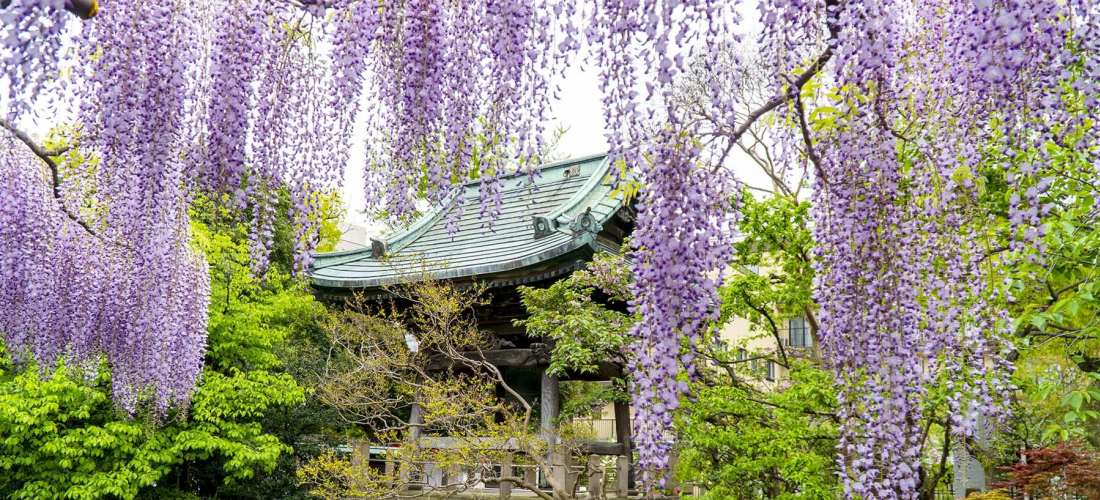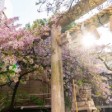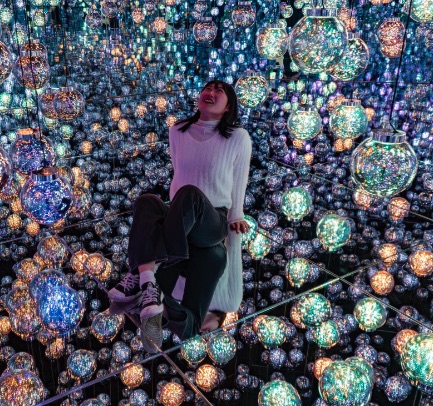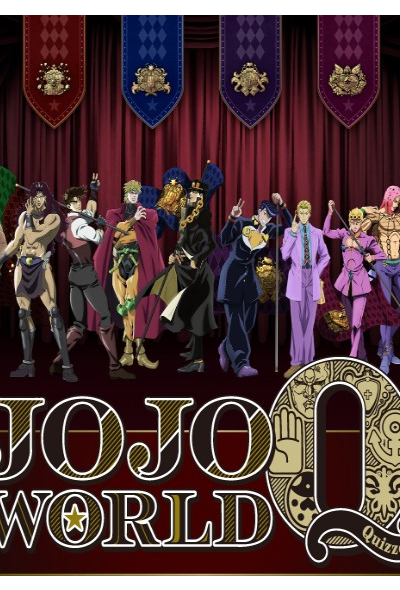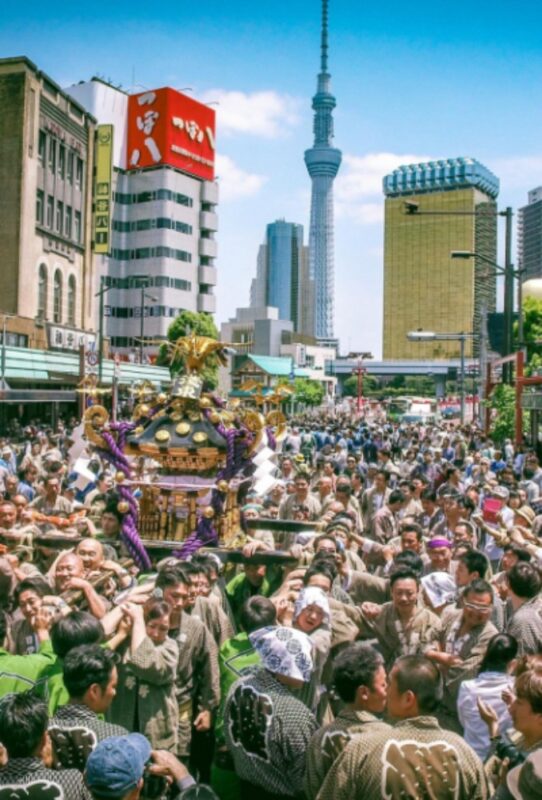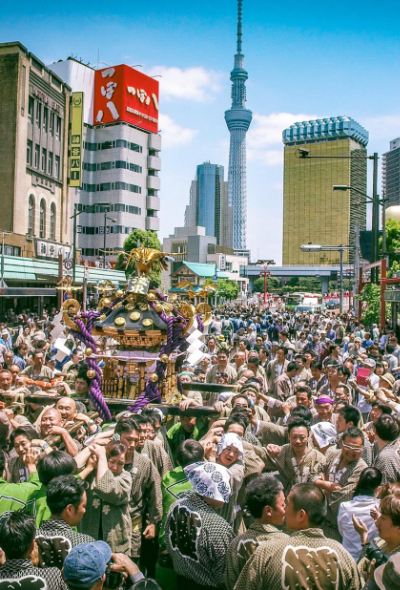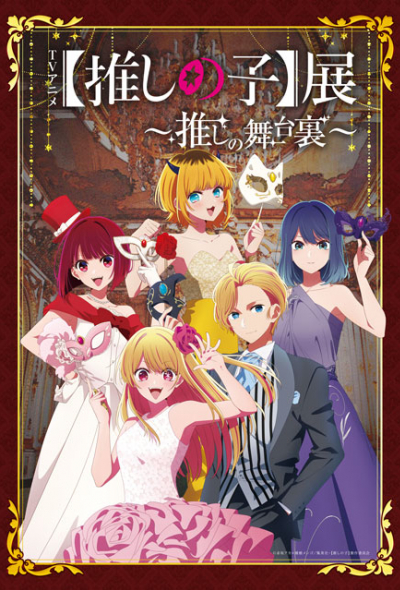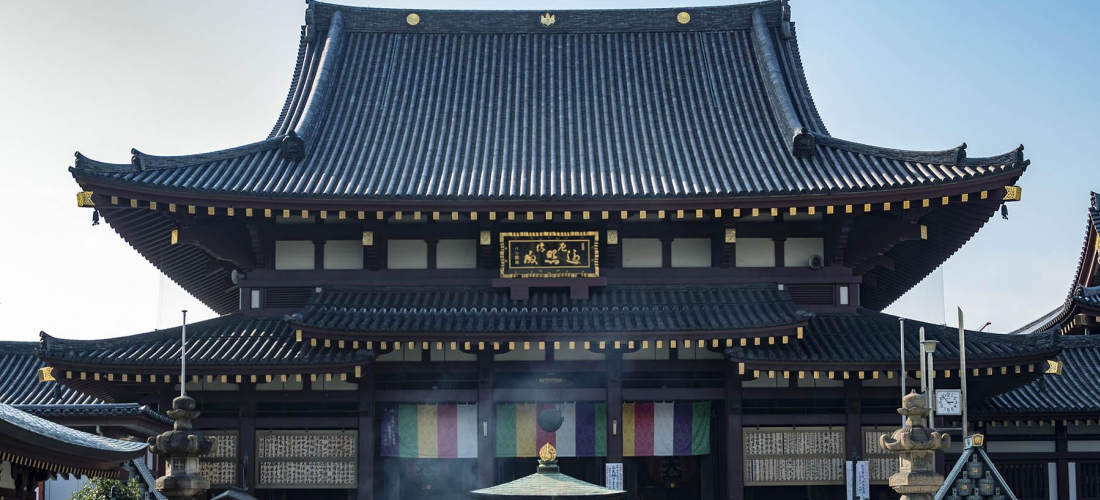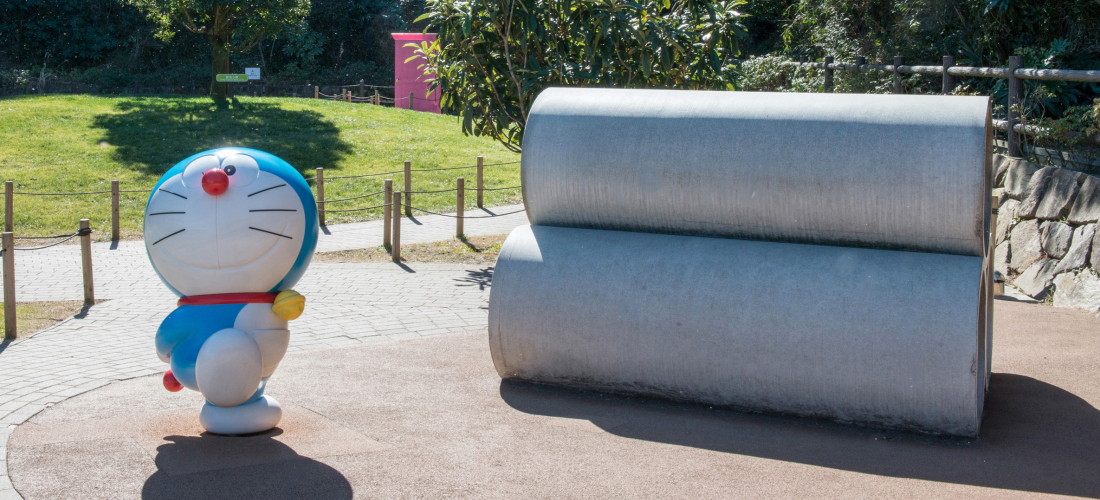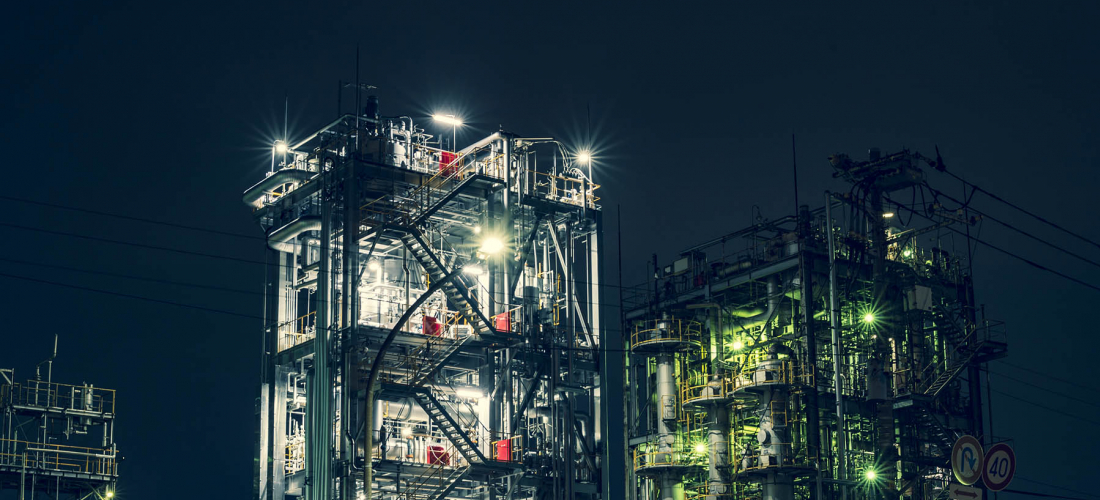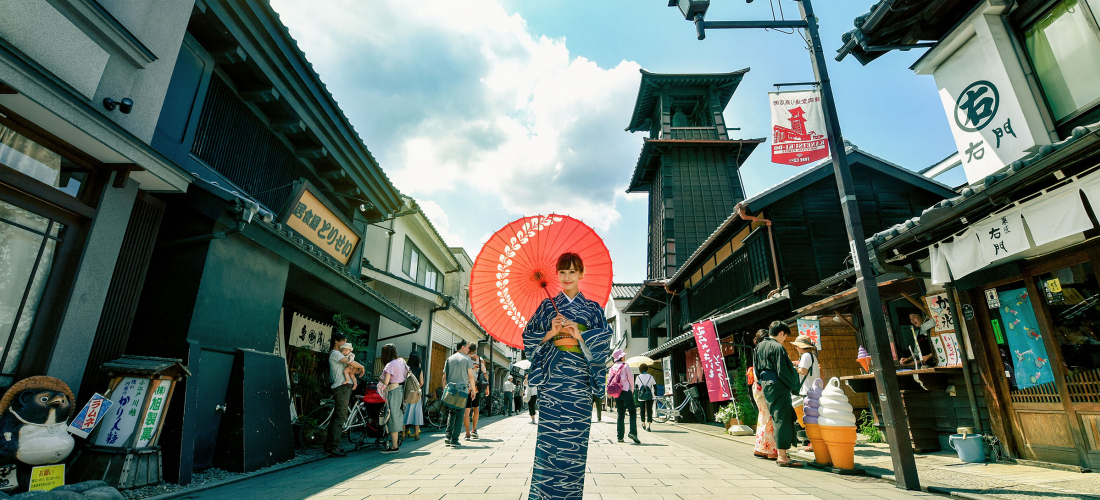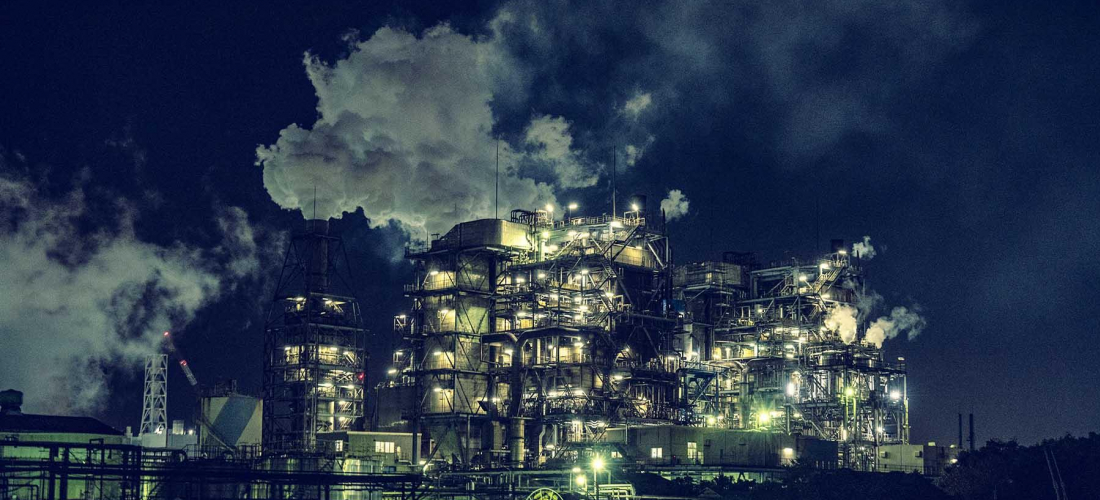
CONTENTS
Kawasaki is a travel destination less than half an hour outside of Tokyo, which makes a trip to the city a great chance to check out some temples, shopping districts, and culinary specialties of all kinds, all away from the craziness of Tokyo. Besides the basics, though, Kawasaki is a place full of hidden treasures.
A Getaway from Tokyo – Kawasaki City
While you could happily spend a full day in Kawasaki shopping, snacking, and visiting temples, for many Japanese people their strongest image of the city comes from its "industrial nightscapes." Let us introduce you to the best way to enjoy the view of this spectacular nighttime Kawasaki attraction, plus a few other destinations to fill up a fun Kawasaki City itinerary.
First, Get Yourself to Kawasaki:
Tokyo Station → Kawasaki Station / JR Keihin Tohoku Line / Travel Time: 25 minutes
Recommended Sightseeing Spots
① Kawasaki Daishi (川崎大師)
Kawasaki Daishi is the location of Heikenji Temple (平間寺), a temple famous as a hatsumode (初詣) spot. For the uninitiated, hatsumode is a Japanese tradition where people all over the country visit shrines (or sometimes temples) for the first time that year, praying for good fortune throughout the following months. Being associated with this long-held tradition, Heikenji Temple gets a total of about 3 million visitors between January 1st and 3rd every year! The complex, with its enshrined deities, is known as a place that wards off evil and misfortune, so the crowds gather each year in hopes of preventing any disasters in the new year. Alongside the main temple building, there are quite a few structures that make up Kawasaki Daishi, so we recommend you take the morning to circle through them all.
Before heading for the temple itself, you can use the beautiful "chozuya" (手水舎), or hand-washing fountain, to cleanse yourself of misfortune by rinsing your hands and mouth.
Then proceed to the incense burner to make a sweet-smelling offering, wafting the smoke over your head to further purify yourself. These cleansing traditions are called "kiyomeru" (清める) in Japanese.
Inside the main temple building, you can pray for good health by having special sticks burned in an act of homa or, in Japan, "goma" (護摩). The monks of the temple will gather for a special ceremony, where they burn slips of paper inscribed with visitors' wishes.
Goma Schedule
Check the official Kawasaki Daishi schedule here, in English.
Within Kawasaki Daishi, there's a building called the "yaushi-den" (薬師殿). Visitors hoping to heal injuries or illness, or simply improve their health, often come to pray to the enshrined Buddha image, rubbing the body part they're trying to heal.
Right nearby, you'll also find a wall with 100 images of Kannon. In this one spot, you can see plates featuring 100 Kannon from all around Japan, and even touch them if you'd like.
The Kannon of Kyoto's famous Kiyomizudera Temple is also enshrined right here.
Traveling with a special someone? Don't miss the chance to cross this red bridge together – it's a destination for visitors hoping to strengthen relationships. An obvious spot for couples!
After touring the temple, lots of visitors relish the chance to buy an omamori (お守り) protective charm as a memento of the trip. There are plenty of the standard talismans that promise good health or safety, but… it's not every day that you see an omamori made to help give you clear, beautiful skin! Carry this pink charm with you, and you might just become a clear-skinned beauty!
Kawasaki Daishi
Address: 4-48 Daishimachi, Kawasaki Ward, Kawasaki, Kanagawa
Access: 8 min from Kawasaki Daishi Station, on the Keikyu Daishi Line
Official Website (en)
② Nakamise Street (仲見世通り)
Right in front of Kawasaki Daishi is Nakamise Street, or Nakamise Dori, a shopping street that still maintains an air of old-fashioned tradition. It's a path lined with sellers offering the same snacks that locals have been enjoying for generations, including tontoko candies (とんとこ飴), which actually originate from Nakamise Street!
You can find the tontoko candy being handmade here to this day, and see it for yourself.
The name of the candy supposedly comes from the way it's made. The candy makers chop the candy into little pillows in a flashy, rhythmic show of skill, which sounds a little like "ton-toko ton-toko ton-toko."
They sell quite a few candy varieties, but a clear one for the shopping list is the tontoko candy that comes in green packaging. Masaki Aiba, a member of the massively popular j-pop boyband Arashi, bought them when he visited!
Matsuya Sohonten
Address: 13-6 Daishimachi, Kawasaki Ward, Kawasaki, Kanagawa
Hours: 8:30 – 17:00
Walk a little ways from Nakamise Street to find this shop selling senbei (せんべい, traditional Japanese crackers).
These senbei are made one by one, carefully crafted by skilled chefs. You can see the spirit of Japanese artisan goods right before your eyes.
They've got some unique varieties of senbei, including crackers that are easy to break into bite-size pieces, senbei that come with omikuji fortunes, and even special senbei decorated with icing.
Kawasaki Daishi Raijindou
Address: 4-18 Daishimachi, Kawasaki Ward, Kawasaki, Kanagawa
Hours: 9:00 – 17:30
③ Kawasaki Horse Racecourse (川崎競馬場)
Looking at the title for suggestion number three, you might be furrowing your eyebrows and going "Visit a horse racing track while traveling in Japan? Really JAPANKURU?" But actually, racecourses in Japan are made to be destinations fun for both adults and children. Visiting the Kawasaki Racecourse feels a lot like a relaxing trip to the park.
On the lawn you might just run into ponies, going for walks or nibbling at the grass. How does a pony photoshoot sound?
And if you actually are interested in horse racing, definitely head inside and take a look! Before the races you can check out the horses walking around in the paddock, so look them over and see if you can predict which of them is in the best shape! Once you've decided, if you want to participate you can write down the number of your favorite on a special sheet and buy a betting ticket, before cheering them on as you watch the race. Or just admire some impressive animals at work!
Kawasaki Racecourse
Address: 1-5-1 Fujimi, Kawasaki-ku, Kawasaki-shi, Kanagawa
Access: 12 min from Keikyu Kawasaki Station
Admission: 100 yen
Official Website (en)
Tasty Food Around Kawasaki Station
Eight Shops in One? An Unusual Izakaya
Italian food and traditional Japanese treats grilled on skewers, dumplings and tasty seafood, you can get all kinds of dishes here. If you're a fan of late nights out, you can have dinner, an afterparty, and an afterafterparty without ever having to leave the building.
Get the all-you-can-drink course to drink to your heart's content, even if you decide to move on to a "different restaurant" within the establishment. They just give you a yellow wristband when you order, so you can move around without any annoying restrictions. (And you'll definitely want to move around a little to see all the different options available!)
For your first course, how does a plate hot off the grill sound? These skewers are a staple of Japanese izakaya, and you can try varieties of all kinds for a reasonable price.
For the second course, seafood! You'll find some pretty magnificent displays of traditional Japanese seafood preparation.
The fun of a visit to Honobono Yokocho is moving to different tables in different areas in order to enjoy all kind of different foods. However, there are a few specific dishes that can be brought over to tables anywhere in the restaurant, so you can indulge in some intriguing culinary genre combos as well. Don't worry about searching for good spots for both dinner and an afterparty – just head to Honobono Yokocho to one unique izakaya experience!
Honobono Yokocho
Address: Kawasaki Station RiverK B1, 12-1 Ekimae Honcho, Kawasaki Ward, Kawasaki, Kanagawa
Hours: 16:00 – 23:30 (Fri, Sat ~24:00)
Phone: 050-5269-8463
Official Website (jp)
The Crown Jewel of Kawasaki Sightseeing – The Factory Nightscape
Round Off the Day with a Night View Cruise Tour
Right on the edge of Tokyo Bay, Kawasaki City has some heavily industrial areas packed with factories of all kinds. This means that there are facilities running at all times, with lights shining out 24 hours a day, 365 days a year. At first this might not sound like something worth seeing, but the factories reflecting off the waters of Tokyo Bay make for a night scene worth laying eyes on. It's a must-see view during any tour of Kawasaki City.
The many factories are a little removed from the center of the city, and there are lots of nice viewing spots accessible by bus or other public transport, but the best way to take in everything at once is from the water – on a cruise boat!
Bring your own snacks and drinks and you can enjoy them in this convenient room onboard! For safety reasons, though, they ask that you refrain from bringing alcohol with you. Make sure you reserve tickets ahead of time right here, since they can't be purchased day-of. At the specified time you can just meet up with the other passengers in front of the Nikko Hotel at Kawasaki Station's east exit, for a bus that will shuttle you right to the cruise boat dock.
Cruise Details
Schedules & Reservations (en)
Fee: Adults (middle school students and older) 4,000 yen / Elementary School Students 3,000 yen
(Credit card payment options available when making reservations.)
Meeting Point: In front of the Kawasaki Station east exit Nikko Hotel.
Meeting Time: Mar to Sep 18:20 / Oct to Feb 17:20
Thinking about just staying on land? Then a stop at the Kawasaki Marien observation deck is a clear choice! You get a great view from up high, and entry is free.
Kawasaki Marien Observation Deck
Address: 38-1 Higashiogishima, Kawasaki-ku, Kawasaki, Kanagawa
Access: From Kawasaki Station's bus stop #12, take the "川07" bus to Daiwa Corporation Mae bus stop, and walk an additional 10 minutes.
For a more romantic destination, wandering along the deck in Higashi-Ogishima East Park will let you see the lights glittering across the nearby bay waters.
Higashi-Ogishima East Park
Address: 58-1 Higashiogishima, Kawasaki-ku, Kawasaki, Kanagawa
Access: From Kawasaki Station's bus stop #12, take the "川05" bus to Higashi-Ogishima East Park bus stop.
Or get right up close at the Kawasaki Konbinado Chidoricho Yard, a popular spot for photographers who love the futuristic atmosphere. It does look like scenery from a futuristic sci-fi anime.
Kawasaki Konbinado Chidoricho Yard
Address: 14-14 Chidoricho, Kawasaki-ku, Kawasaki, Kanagawa
Access: From Kawasaki Station's bus stop #12, take the "川04" bus to Shiei Futo bus stop.
Get a Great Deal on Lodgings!
A Hostel Complete with Trendy Cafe: On the Marks
If you like Kawasaki so much you want to stay the night, we've got a recommendation for some accommodations right inside the city. On the Marks offers some simple, compact private rooms that make staying in Kawasaki very reasonable.
While they do, of course, offer dormitory rooms as well, these cozy little private rooms offer a bed, a full-length mirror, plentiful outlets, a TV, and all the other little necessities that make up a fully outfitted room.
On the first floor of the hostel is a cafe & bar space that's also popular with passers-by who aren't staying the night.
The menu (featuring house-made smoked meats and cheeses, craft beer, and a selection of health-conscious options) is tempting for hostel guests and outside customers alike.
On the Marks Kawasaki
Address: 17-1 Kawasaki-ku, Kawasaki, Kanagawa
Access: 6 min from Kawasaki Station
Check In/Out: 15:00/10:00
Official Website / Reservations
Perfect for Sightseeing, Gourmet Outings, Romantic Evenings, and Then Staying the Night!
Today we did our best to introduce you to Kawasaki City, an excursion just outside of Tokyo, known for its unusually beautiful factory nightscape. Next time you’re looking for a fun day out, why not try exploring the many sightseeing spots of Kawasaki City during the day, and then taking a cruise out onto Tokyo Bay to enjoy the view after sunset? Head on over, and then let us know about your experience on twitter, instagram, and facebook! We can't wait to hear all about it!
Details
NAME:Kawasaki City (川崎市)
MAP
ACCESS:Kawasaki Station
PROFILE
Follow us @Japankuru on Facebook, Instagram, and Twitter!
COMMENT
FEATURED MEDIA
VIEW MORE
Narita Airport Tax-Free Shopping List 나리타공항 면세점 쇼핑 리스트 #pr #calbee #jagapokkuru #japanesesnacks #japanesefood #japanesesouvenir #japantravel #japantrip #naritaairport #hokkaido #나리타국제공항 #나리타공항면세점 #나리타공항면세점과자 #일본공항면세점 #일본기념품쇼핑리스트추천 #공항면세점쇼핑리스트 #일본과자추천 #면세점일본과자 #일본기념품추천 #일본과자 #자가폿쿠루 #일본간식 #일본과자쇼핑 #일본면세점필수템 #일본기념품쇼핑

Asakusa's Sanja Matsuri, one of the biggest festivals in all of Tokyo, is almost here! Make sure you check out the festival route so you don't miss all the festivities this May. #asakusa #sanjafestival #sanjamatsuri #asakusashrine #sensoji #sensojitemple #japanesefestival #shintoshrine #japaneseculture #tokyo #tokyotrip #tokyotravel #asakusasightseeing #matsuri #japantrip #japantravel #springinjapan #tokyotravel #japankuru #산자마츠리 #아사쿠사 #일본마츠리 #일본여행 #일본5월

Odaiba's DiverCity Tokyo Plaza is home to the famous real-size 20m-tall Unicorn Gundam, and the popular shopping center has even more Gundam on the inside! Check out the Gundam Base Tokyo on the 7th floor for shelves upon shelves of Gunpla, and the Gundam Base Tokyo Annex on the 2nd floor for cool anime merchandise. Both shops have tons of limited-edition items! #pr #odaiba #tokyo #tokyotrip #japantrip #japantravel #PR #divercity #divercitytokyoplaza #tokyoshopping #gundam #unicorngundam #gundambasetokyo #anime #otaku #gunpla #japankuru #오다이바 #다이바시티도쿄 #오다이바건담 #건담 #일본건담 #건프라 #건담베이스도쿄

Evangelion, in miniature!? Tokyo's SMALL WORLDS Miniature Museum is actually a must-see for anime lovers, thanks to the tiny Evangelion Hangar and Tokyo-III... plus a whole universe of other scenes both real and fictional. #smallworlds #smallworldstokyo #tokyotrip #tokyotravel #evangelion #eva #anime #miniature #miniatures #animefigure #japantrip #japantravel #에반게리온 #스몰월드 #에반겔리온 #スモールワールズ #오다이바 #아리아케

Have you sat down for a snack at Sumida Aquarium yet? This aquarium next to Tokyo Skytree is known for its penguins and garden eels, but we can't get enough of their cute snacks! There are lots of good seats around the aquarium, too, so it almost feels like one big cafe. 🐧 • Find out more at Japankuru.com! (Link in bio.) • #japankuru #sumidaaquarium #skytree #tokyoskytree #solamachi #sumida #tokyo #tokyotrip #tokyotravel #aquarium #japanesesweets #themecafe #すみだ水族館 #Japan #日本 #일본 #Japon #ญี่ปุ่น #Japão #япония #japantravel #日本旅行 #日本旅遊 #japan_of_insta #japantrip #traveljapan #japan🇯🇵 #igerstokyo #explorejapan

For anime fans, the Evangelion areas at Small Worlds Miniature Museum are a must see! The tiny miniature people in the Evangelion Hangar look like ants beneath the moving Unit-01, Unit-00, and Unit-02! And over in Tokyo-III, characters like Shinji, Rei, and Katsuragi live life on a miniature scale. #odaiba #tokyo #tokyotrip #japantrip #japantravel #ariake #smallworlds #miniaturemuseum #smallworldstokyo #tokyotravel #evangelion #eva #anime #miniature #miniatures #animefigure #japankuru #스몰월드 #에반게리온 #오다이바 #오다이바관광 #오다이바스몰월드 #미니어쳐

